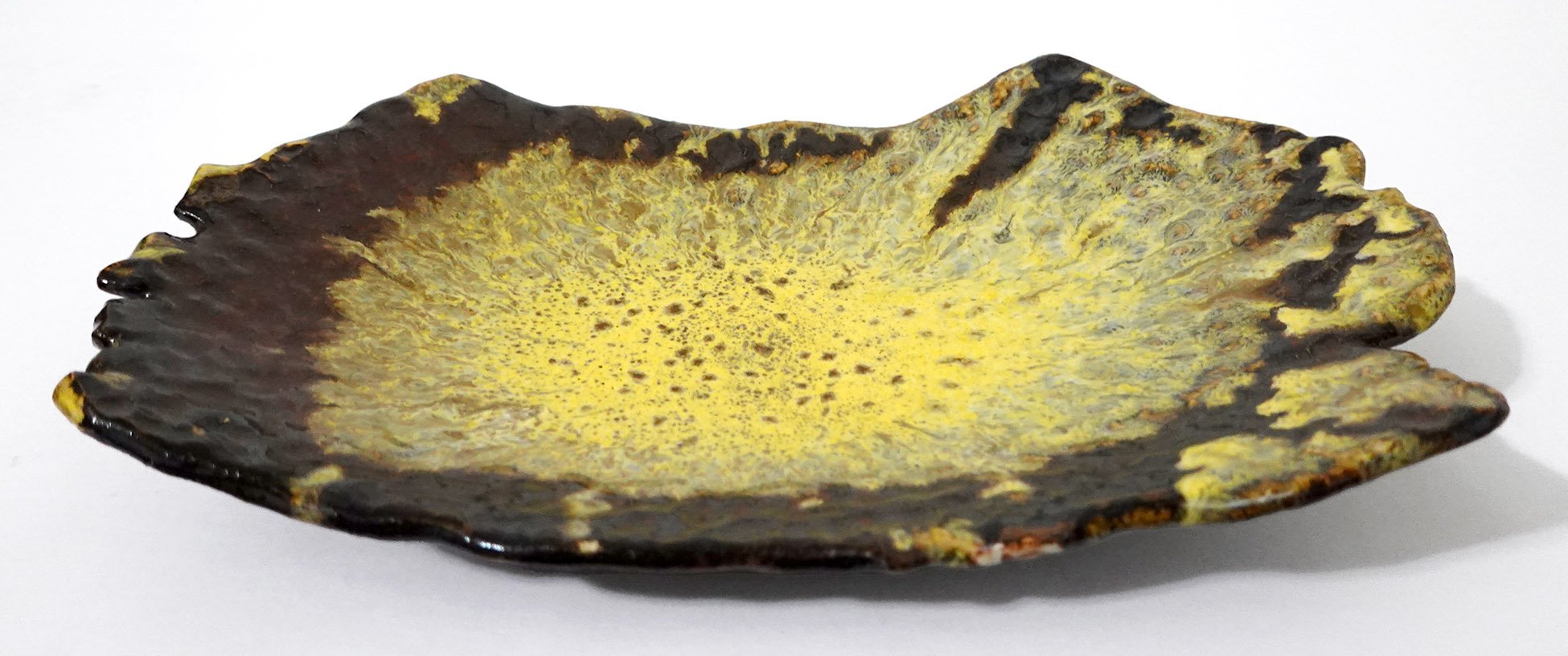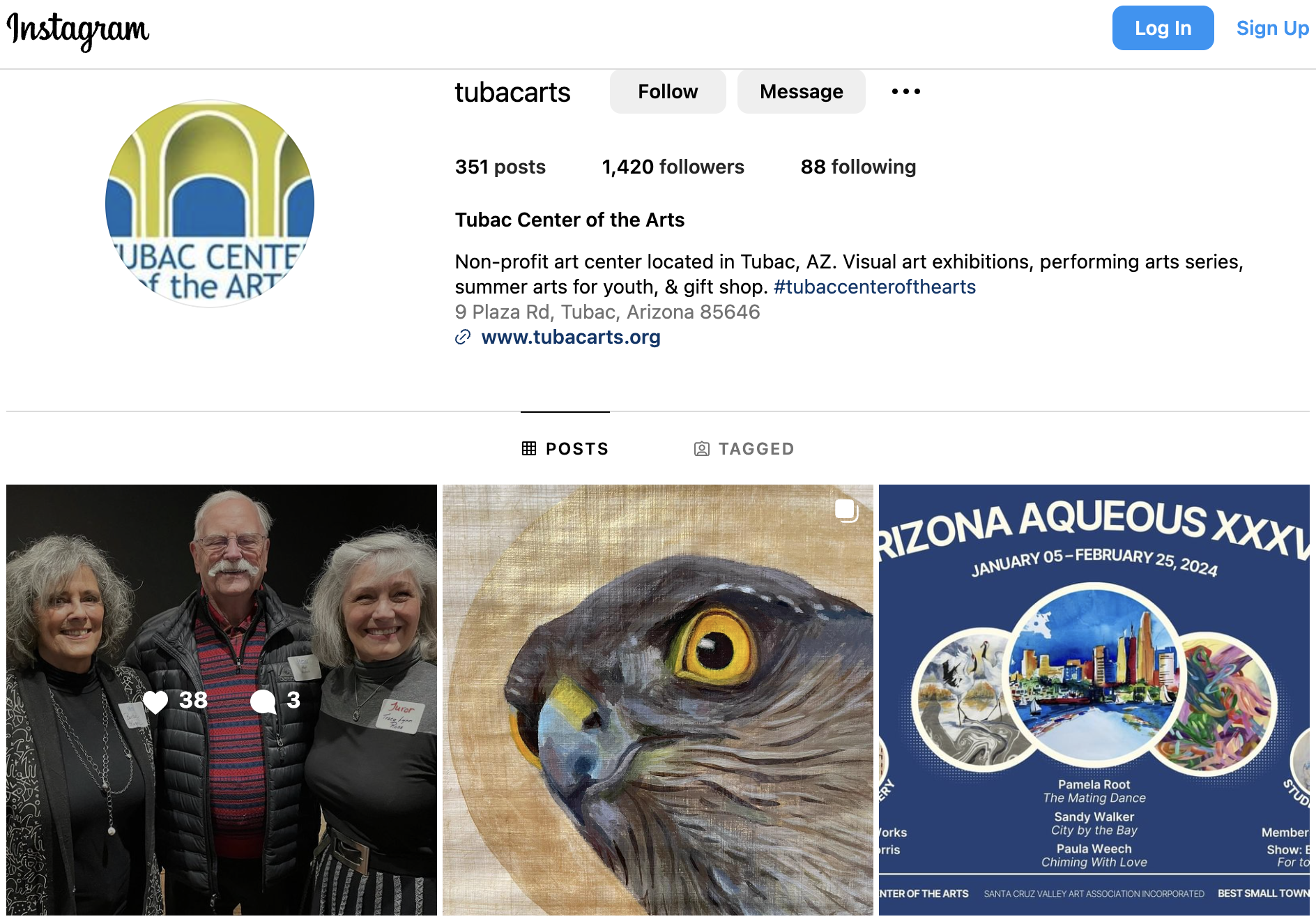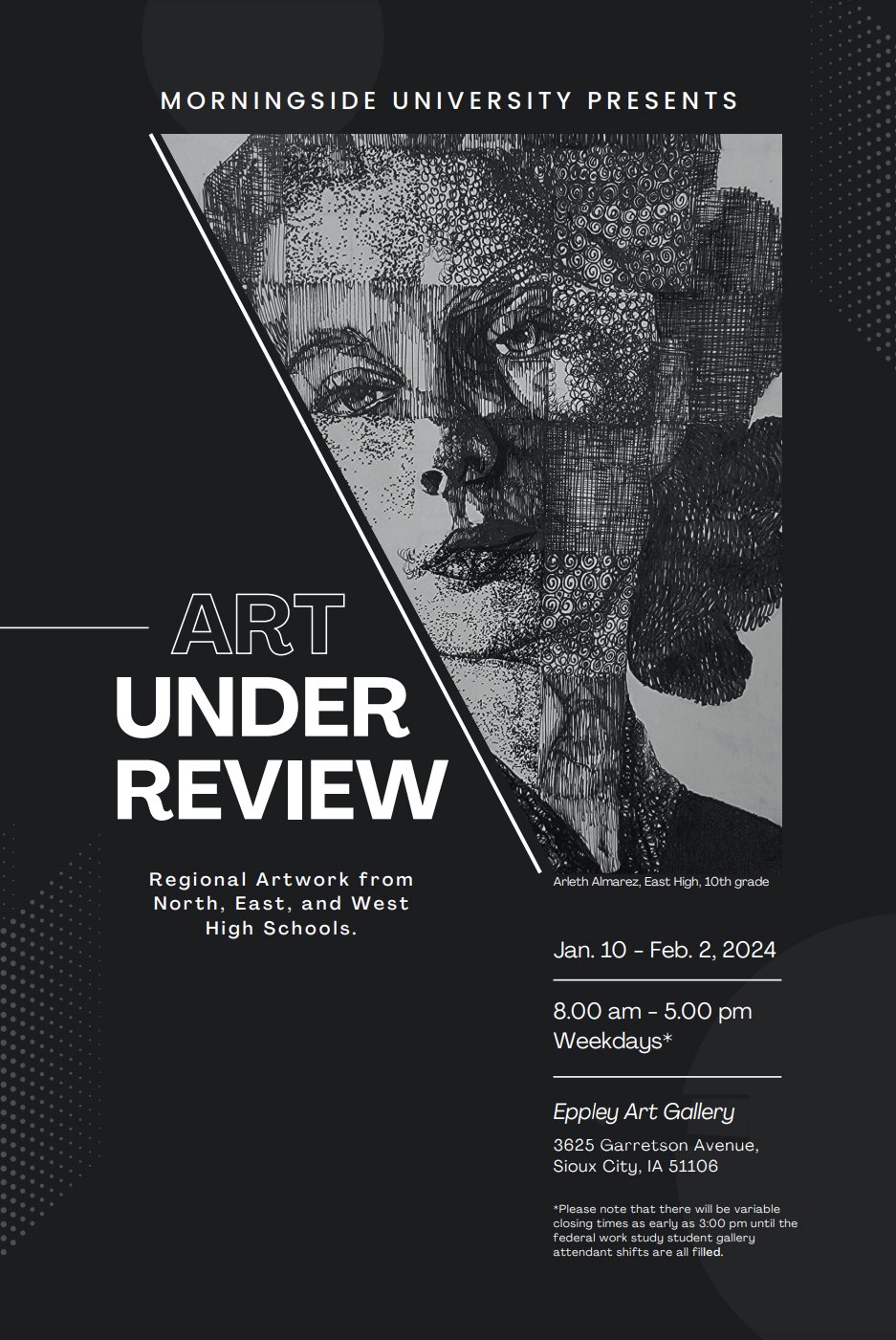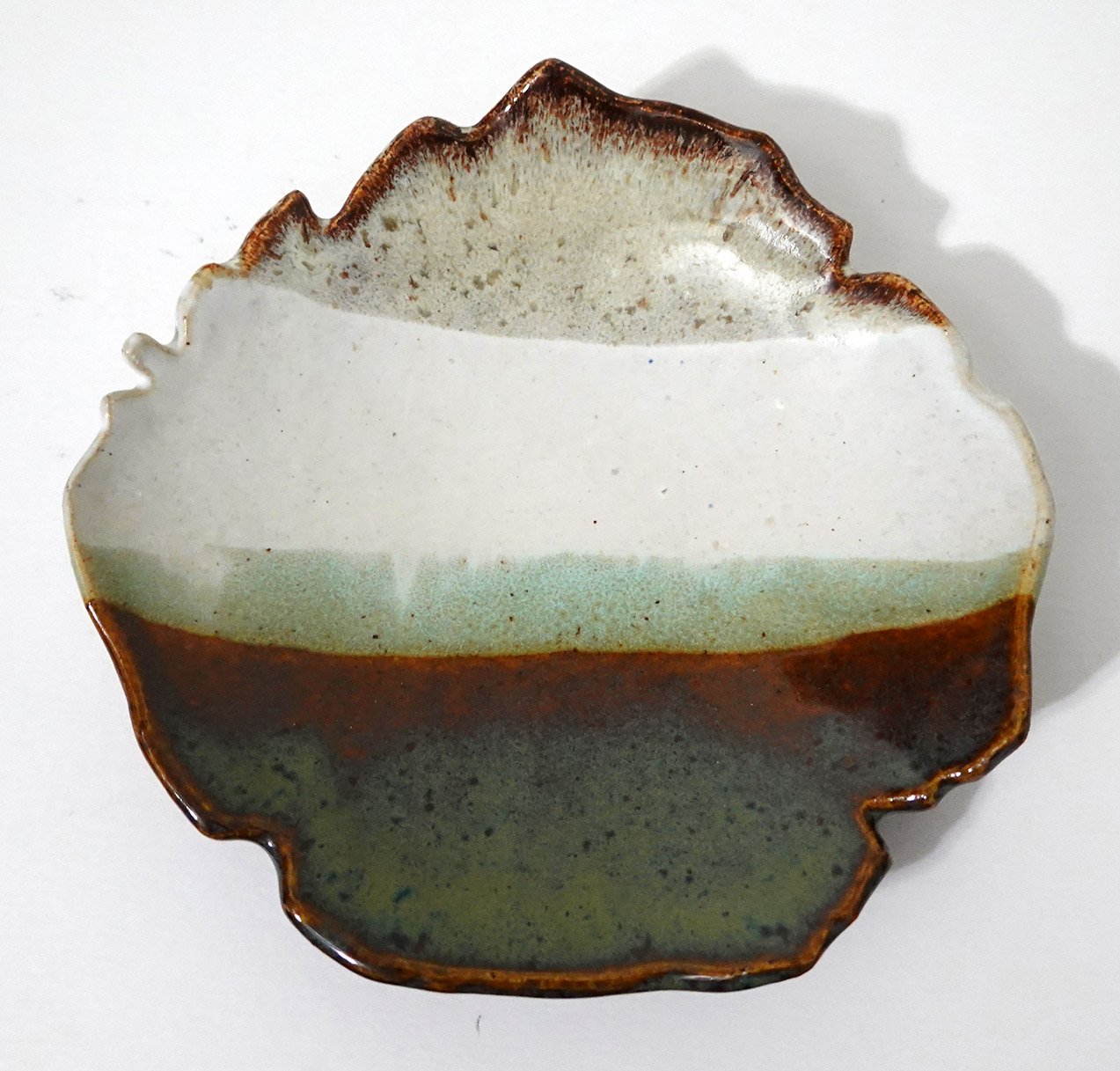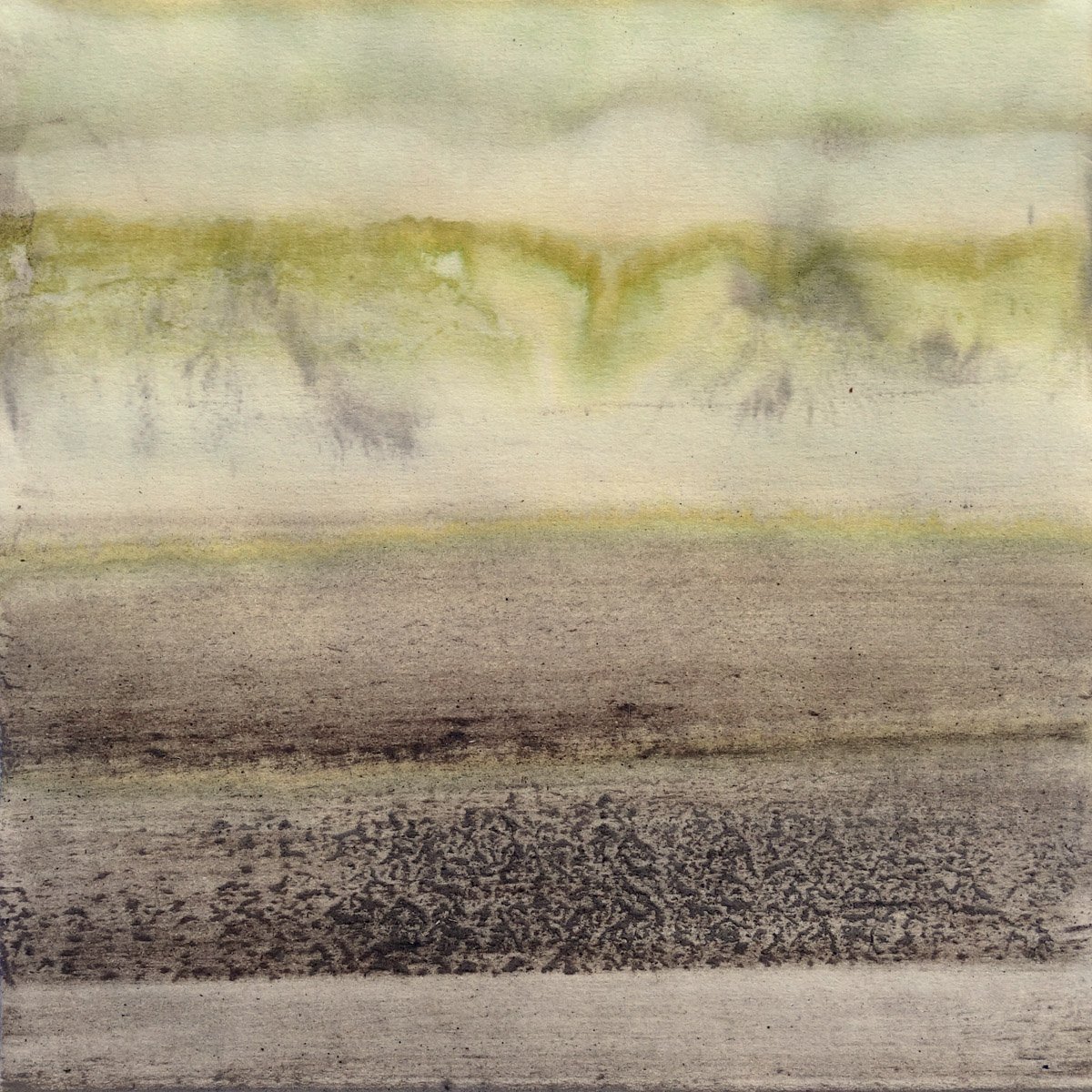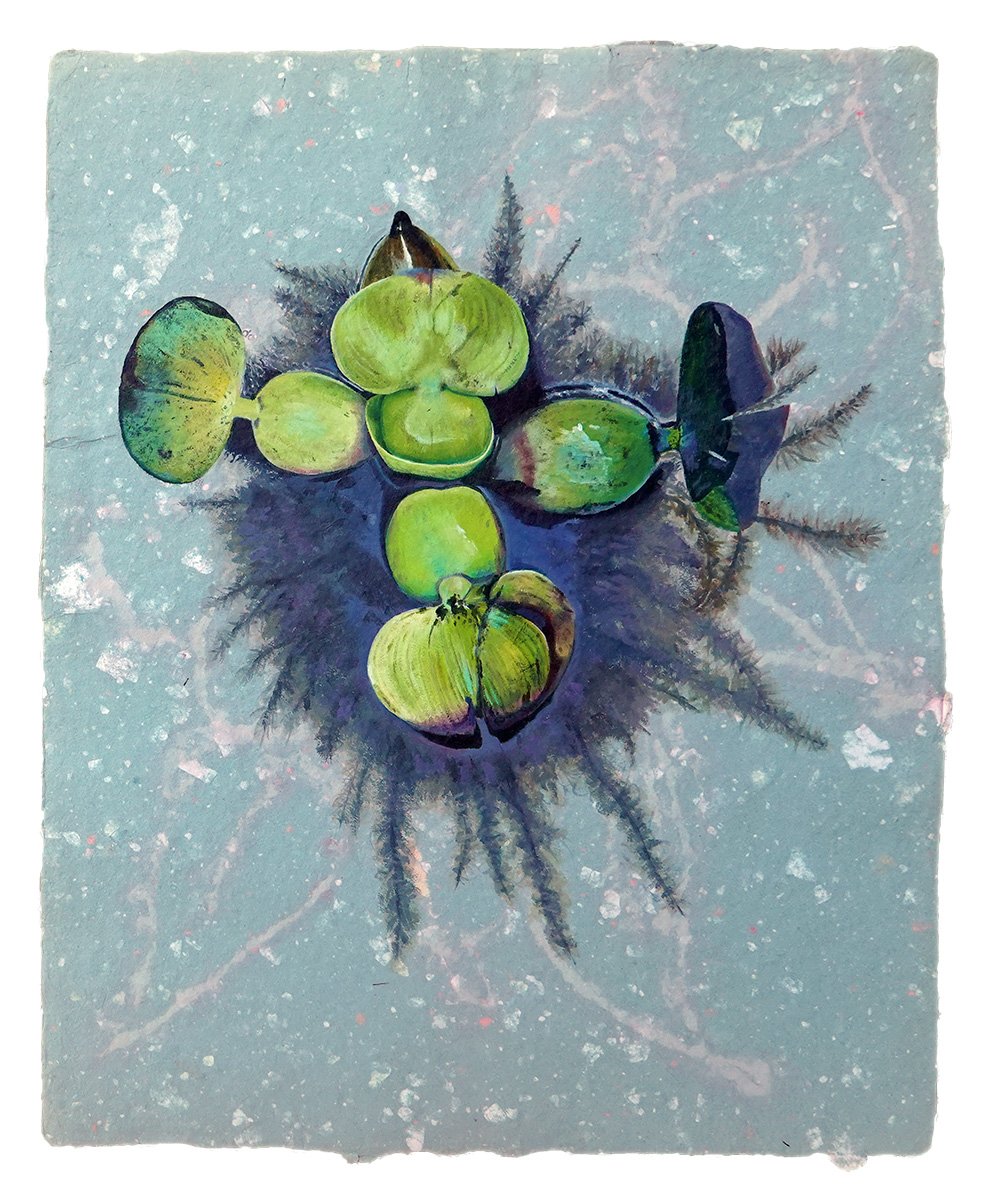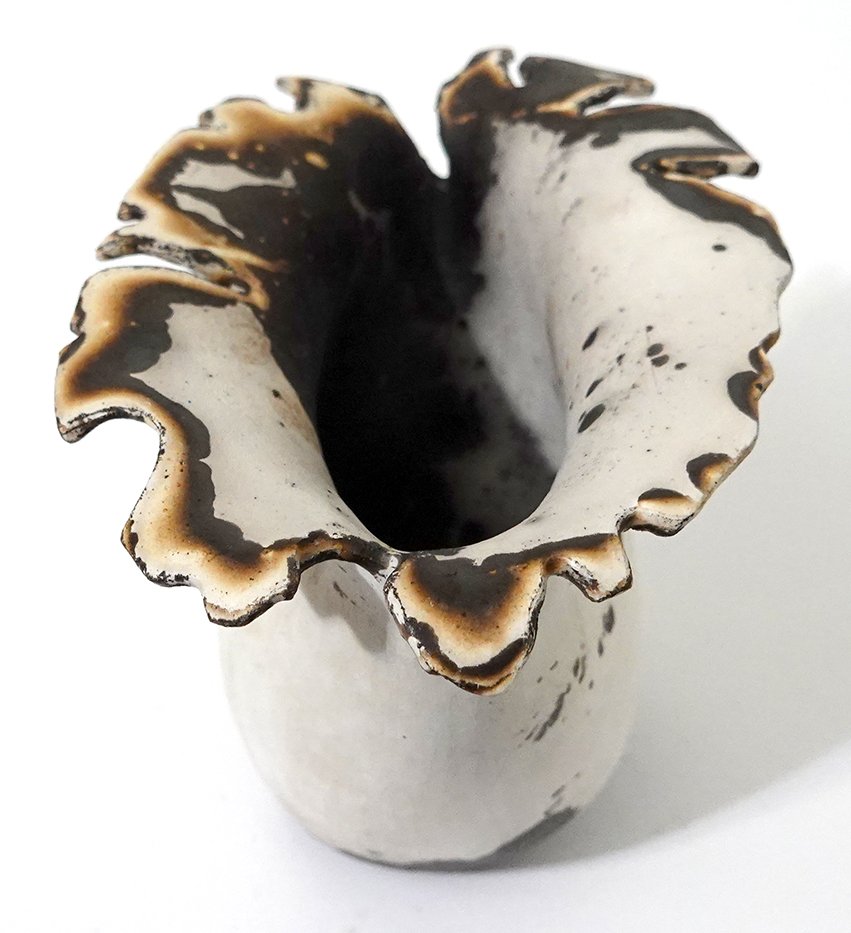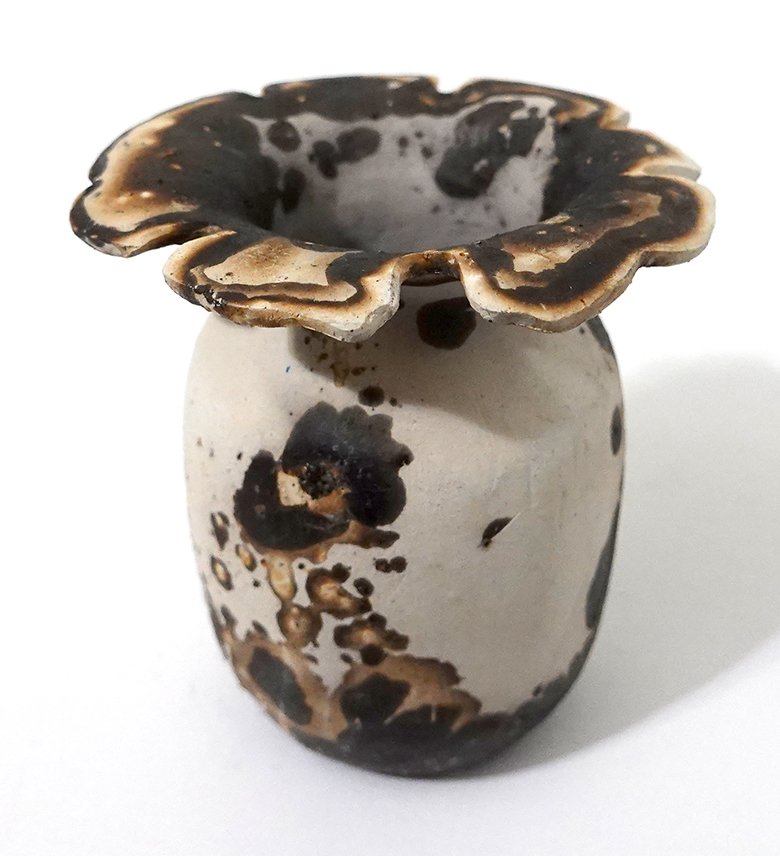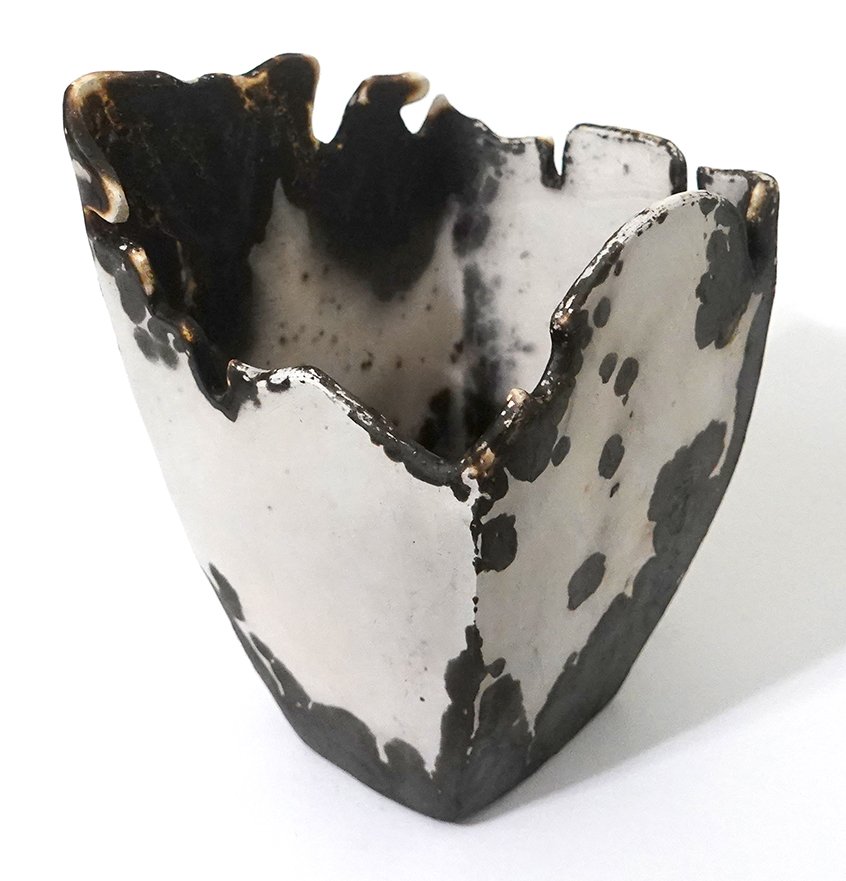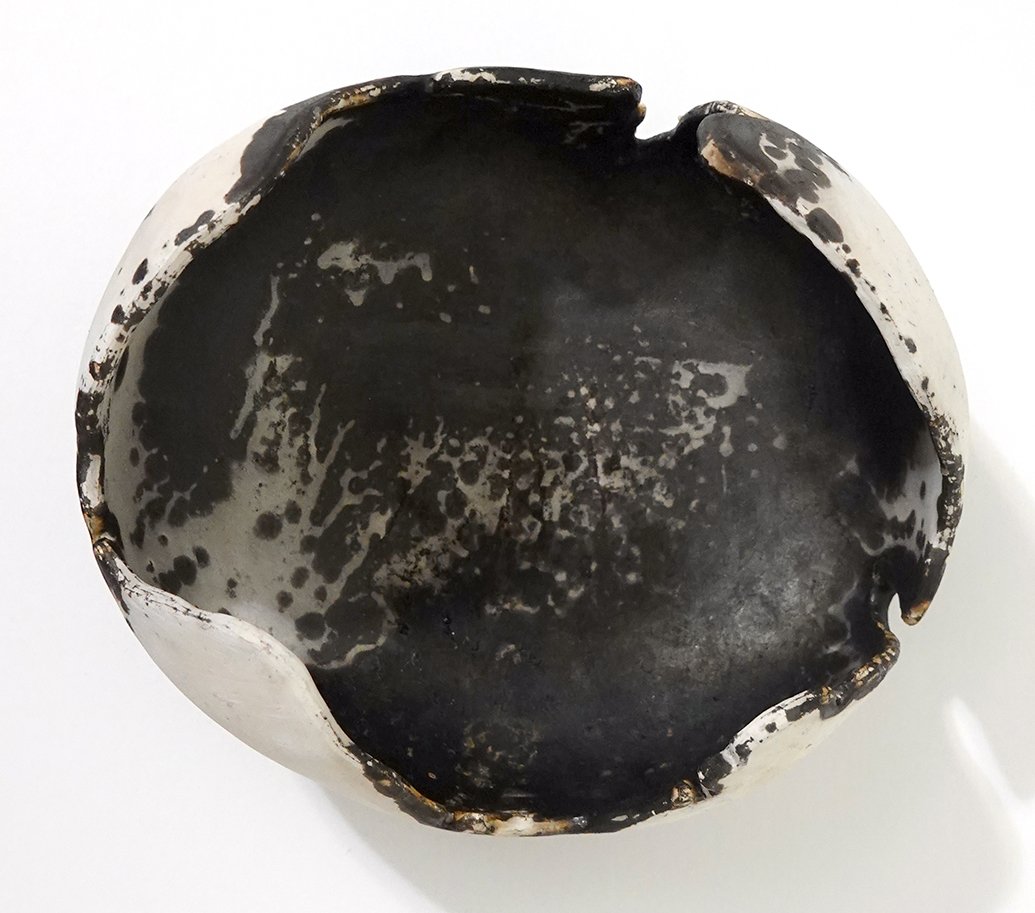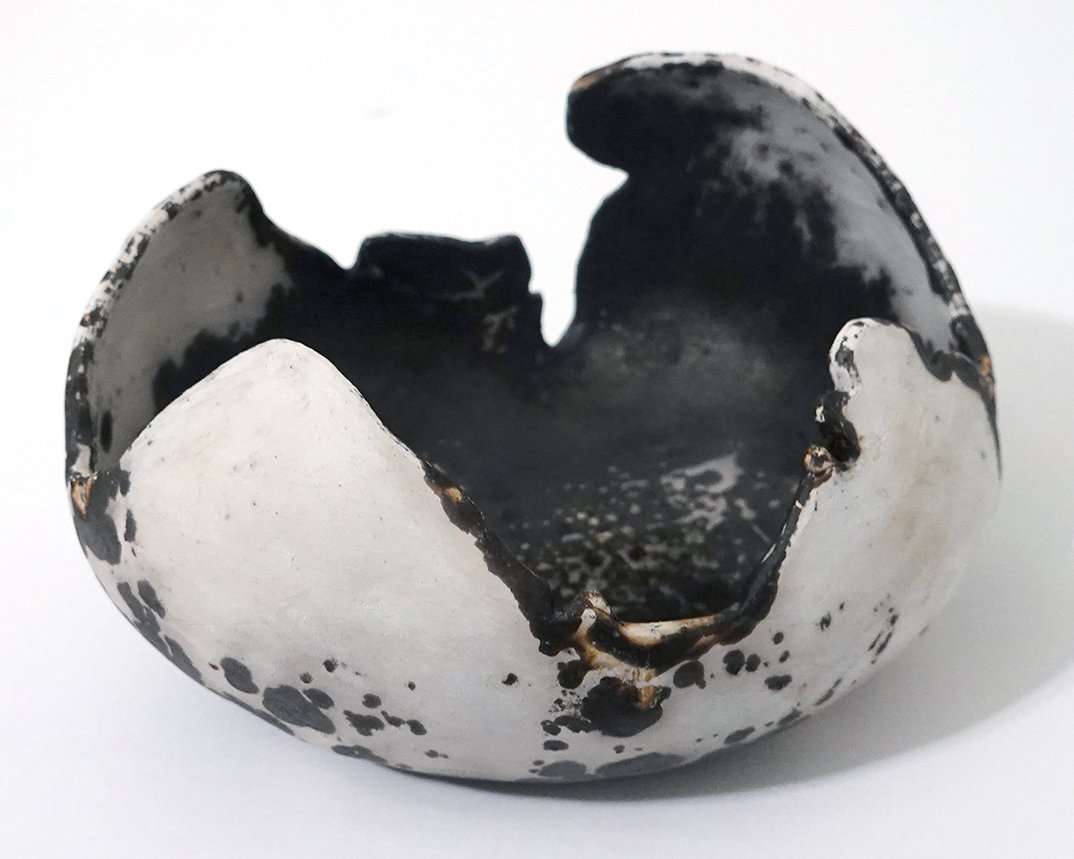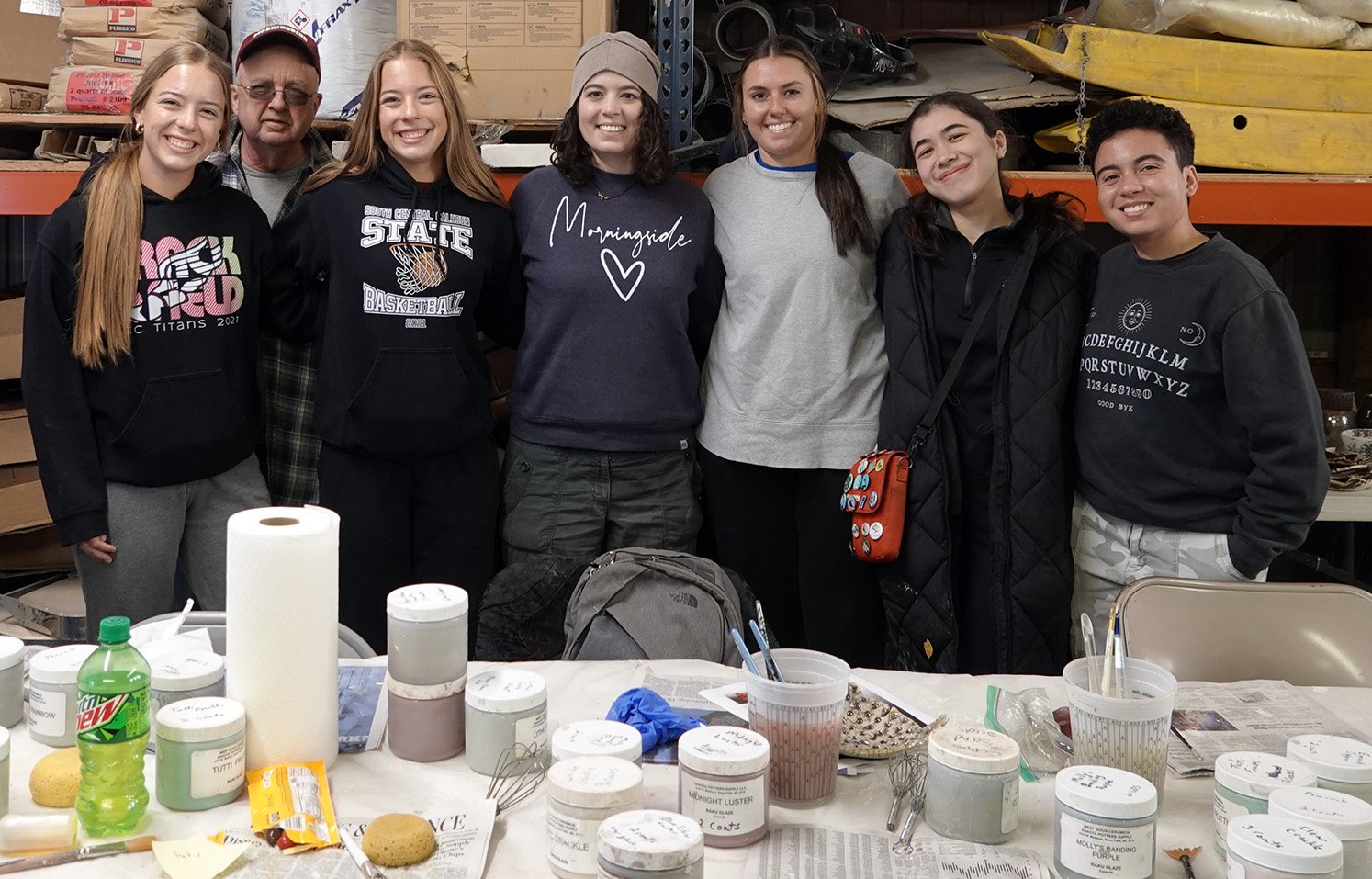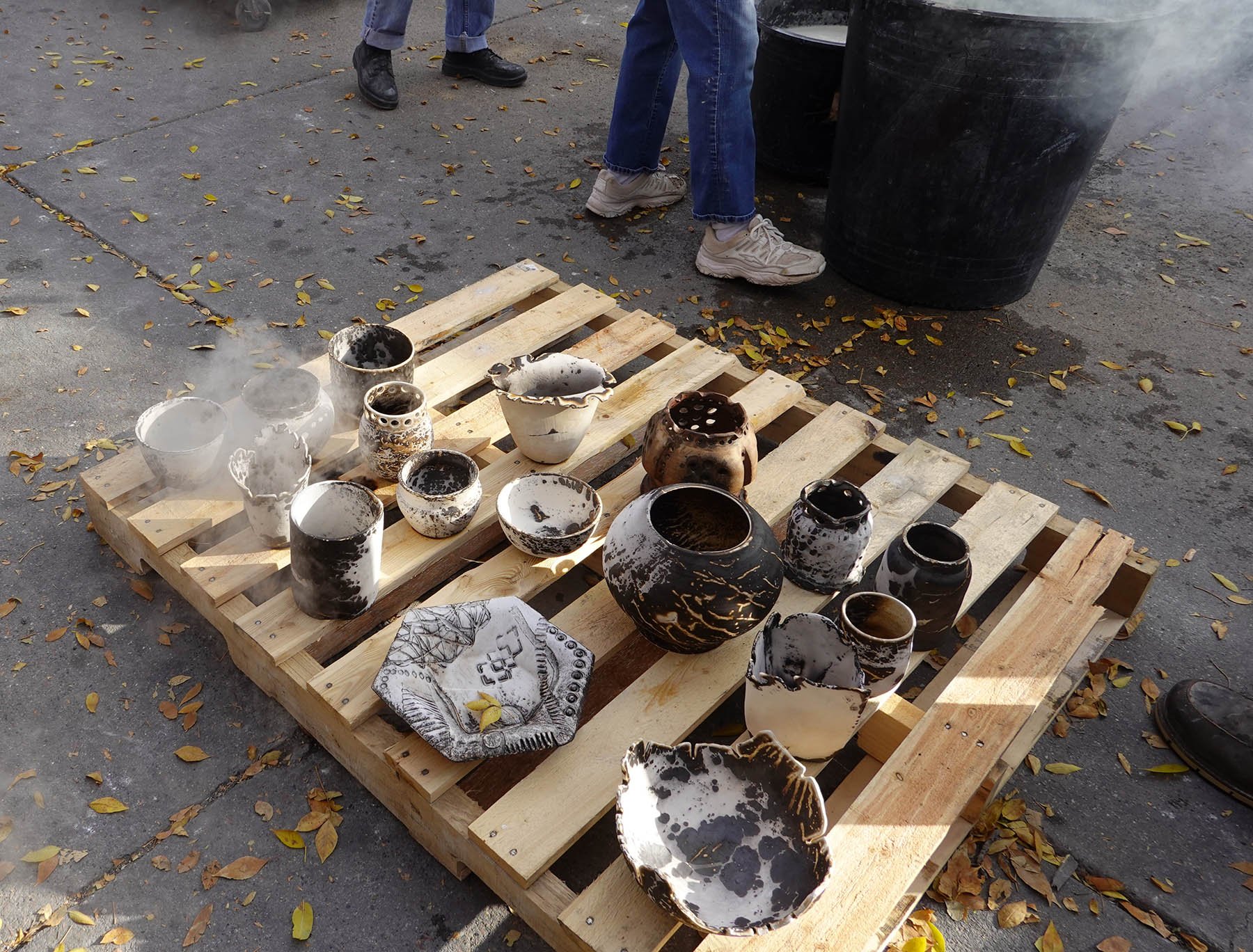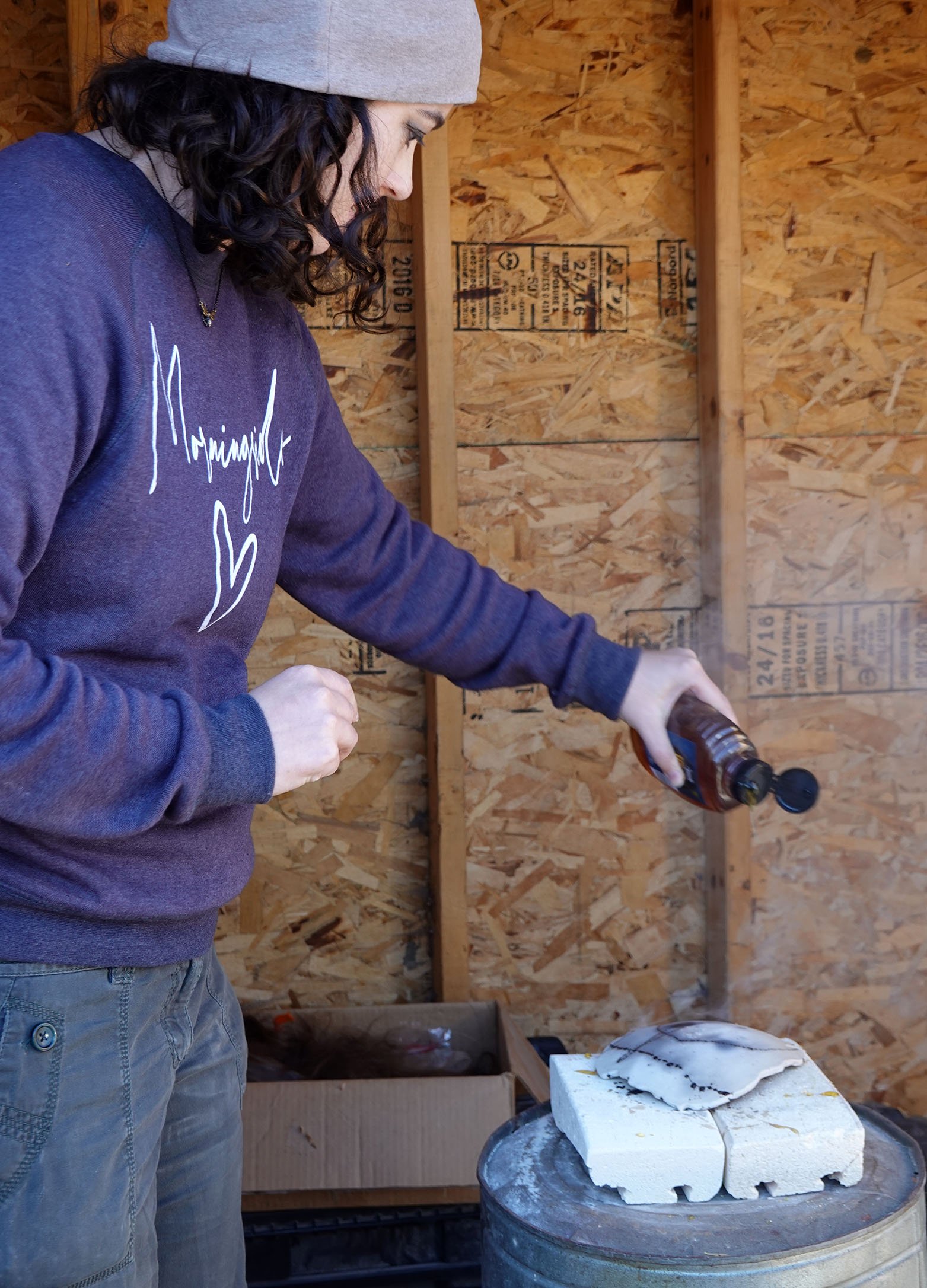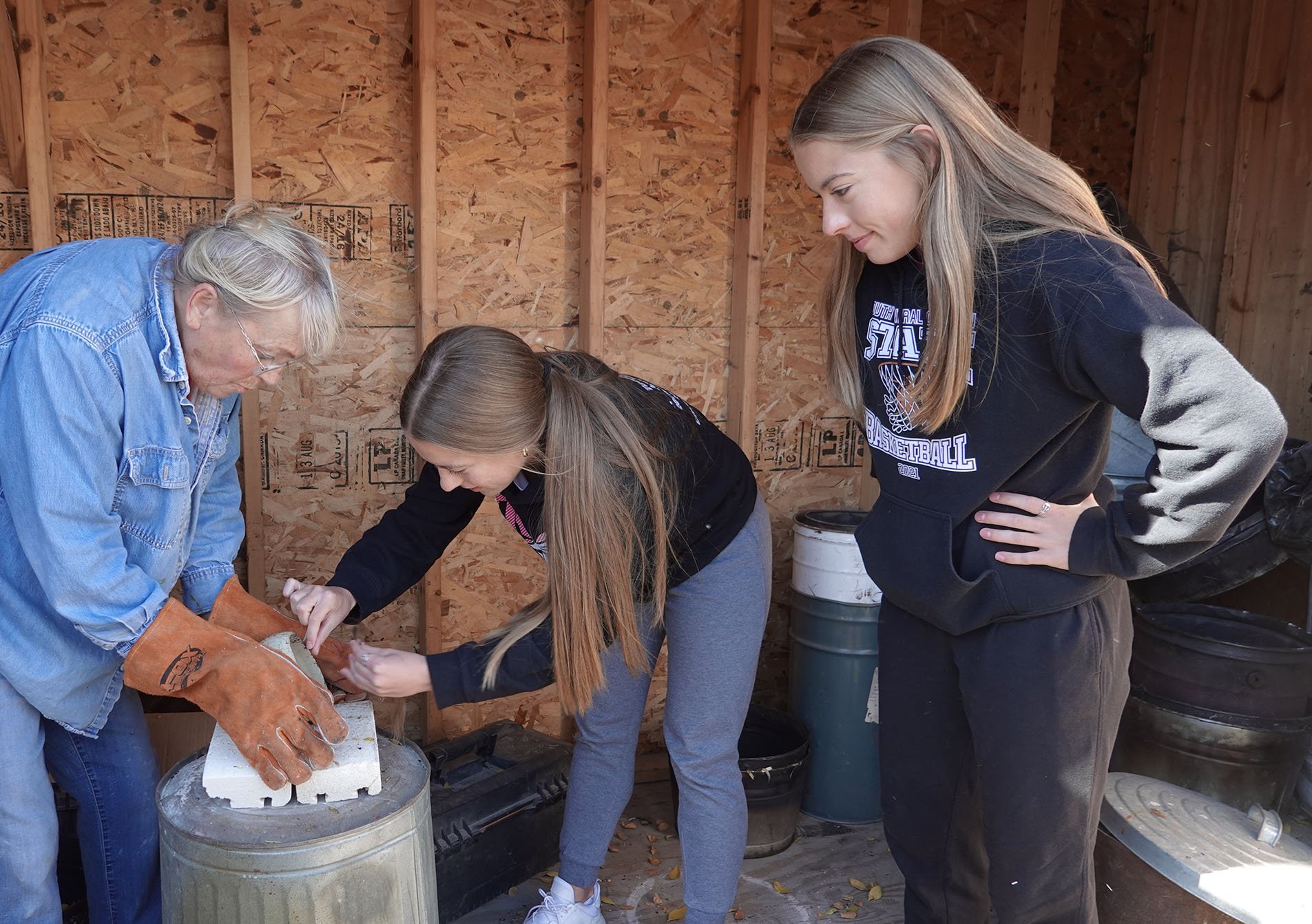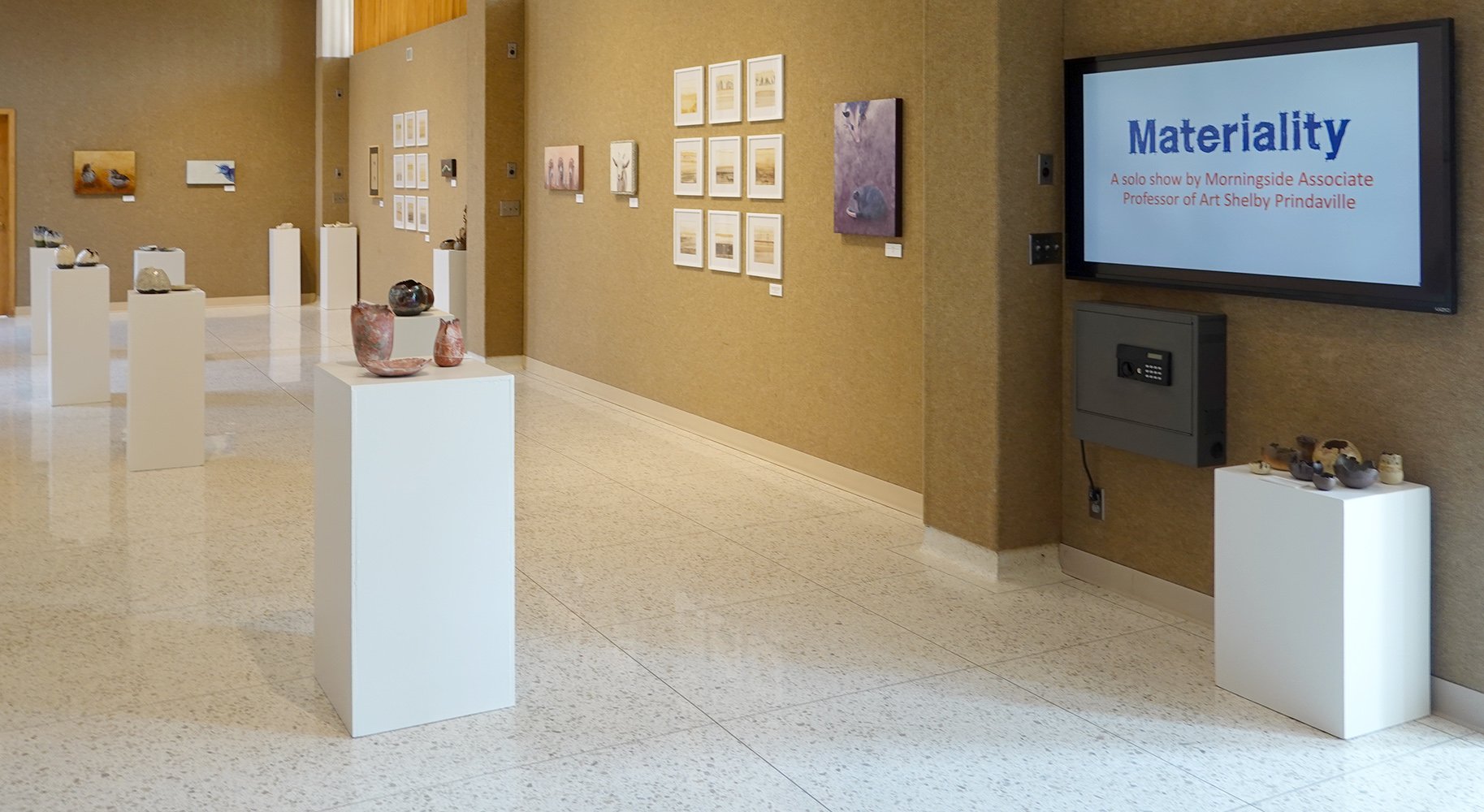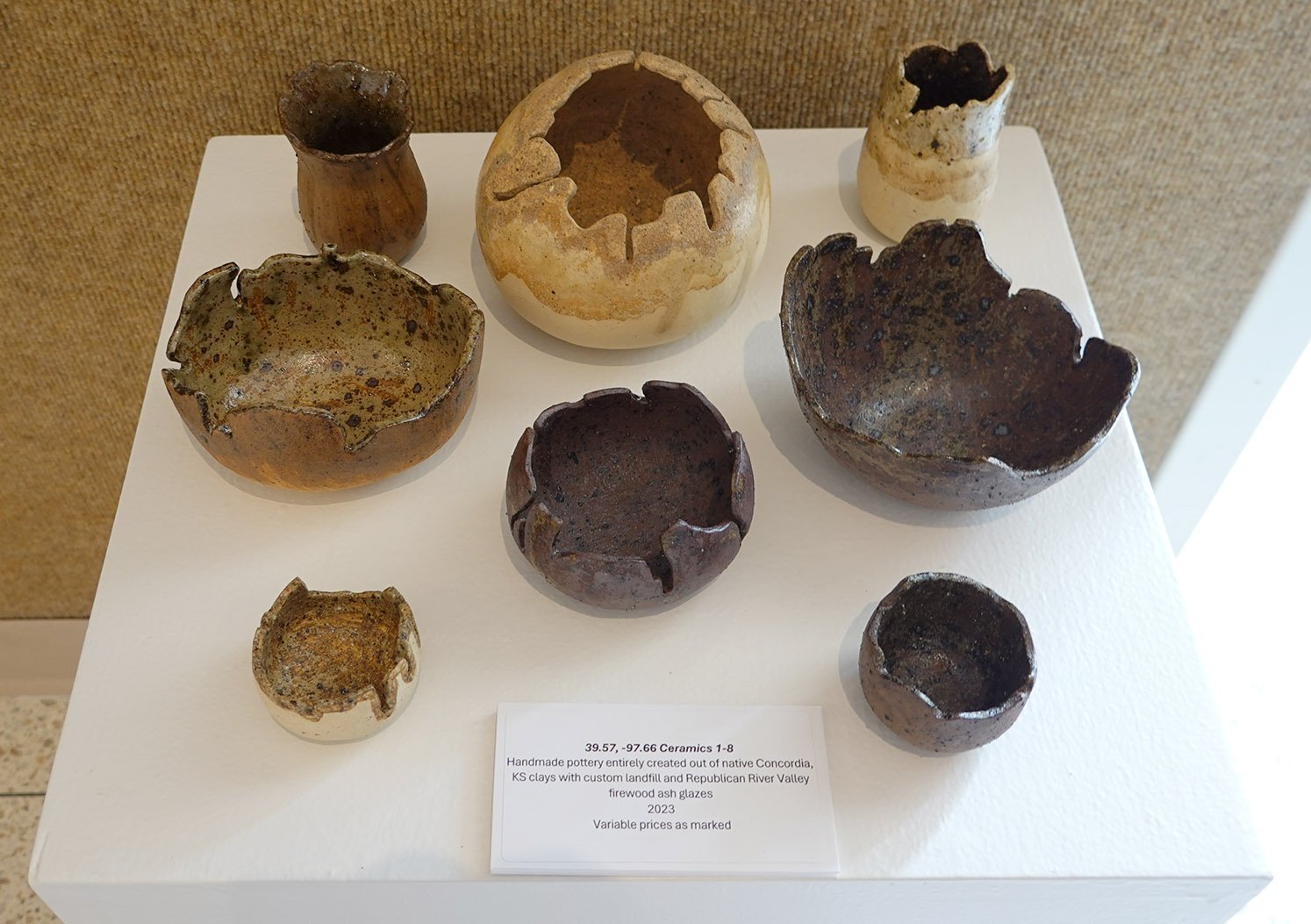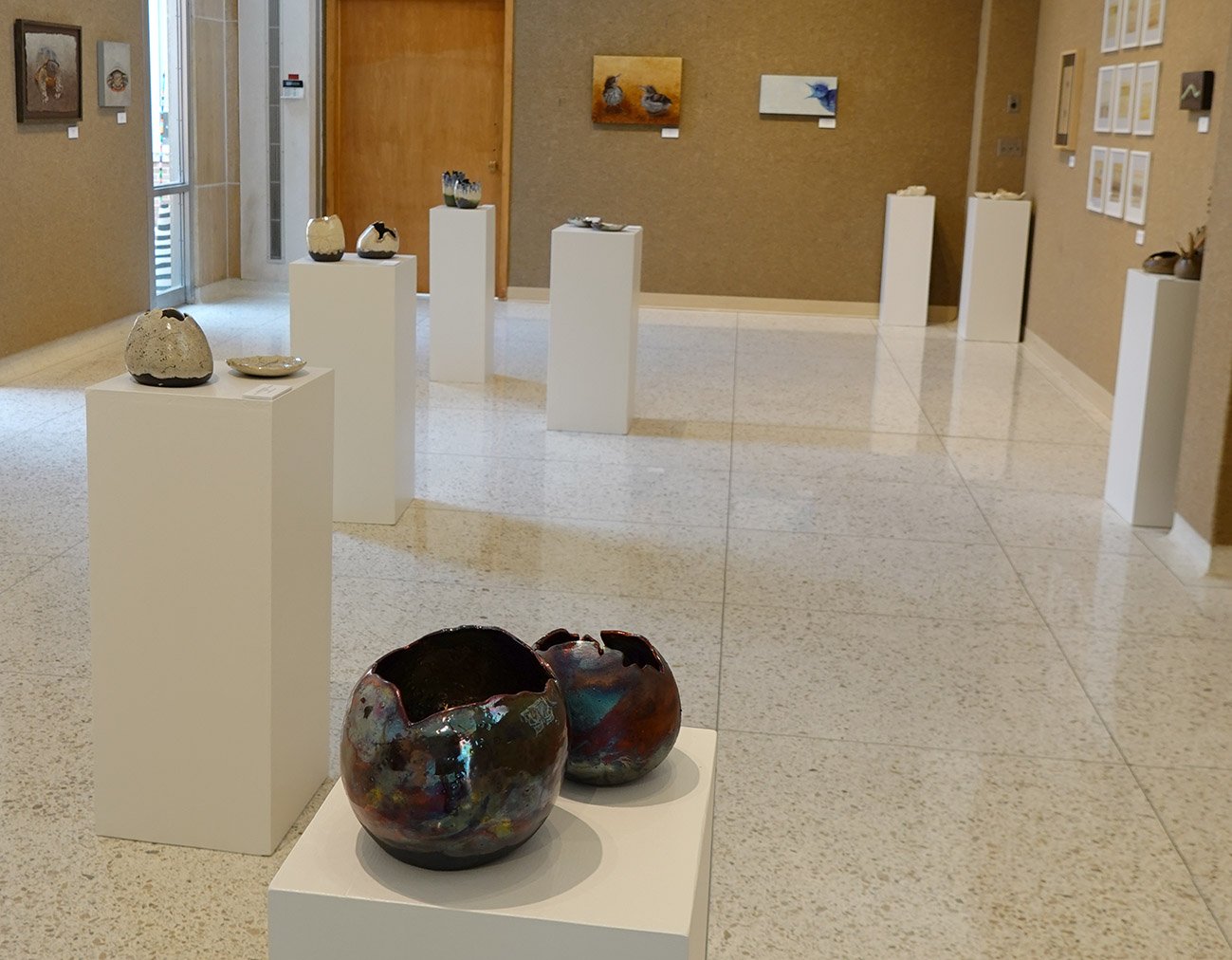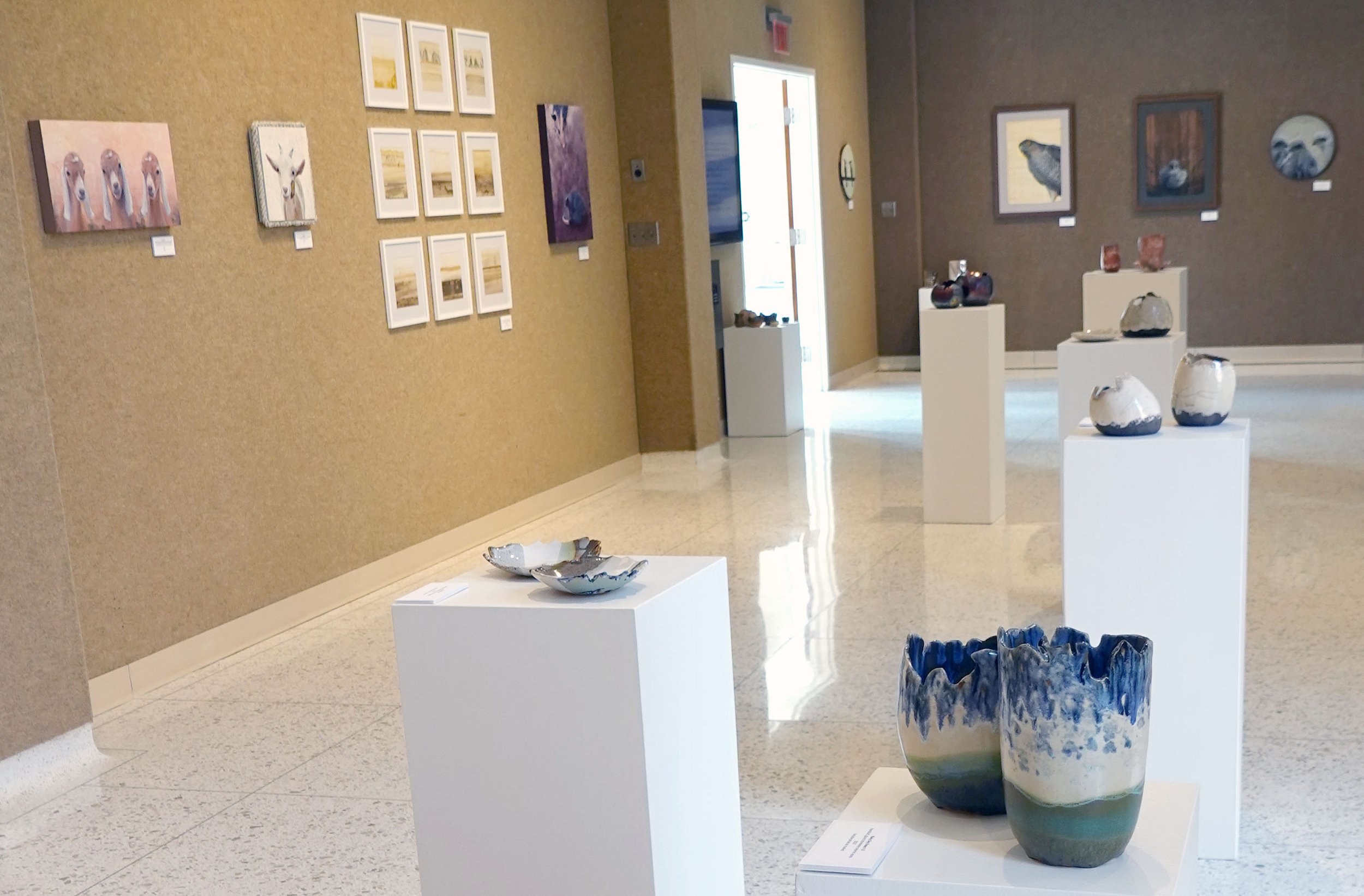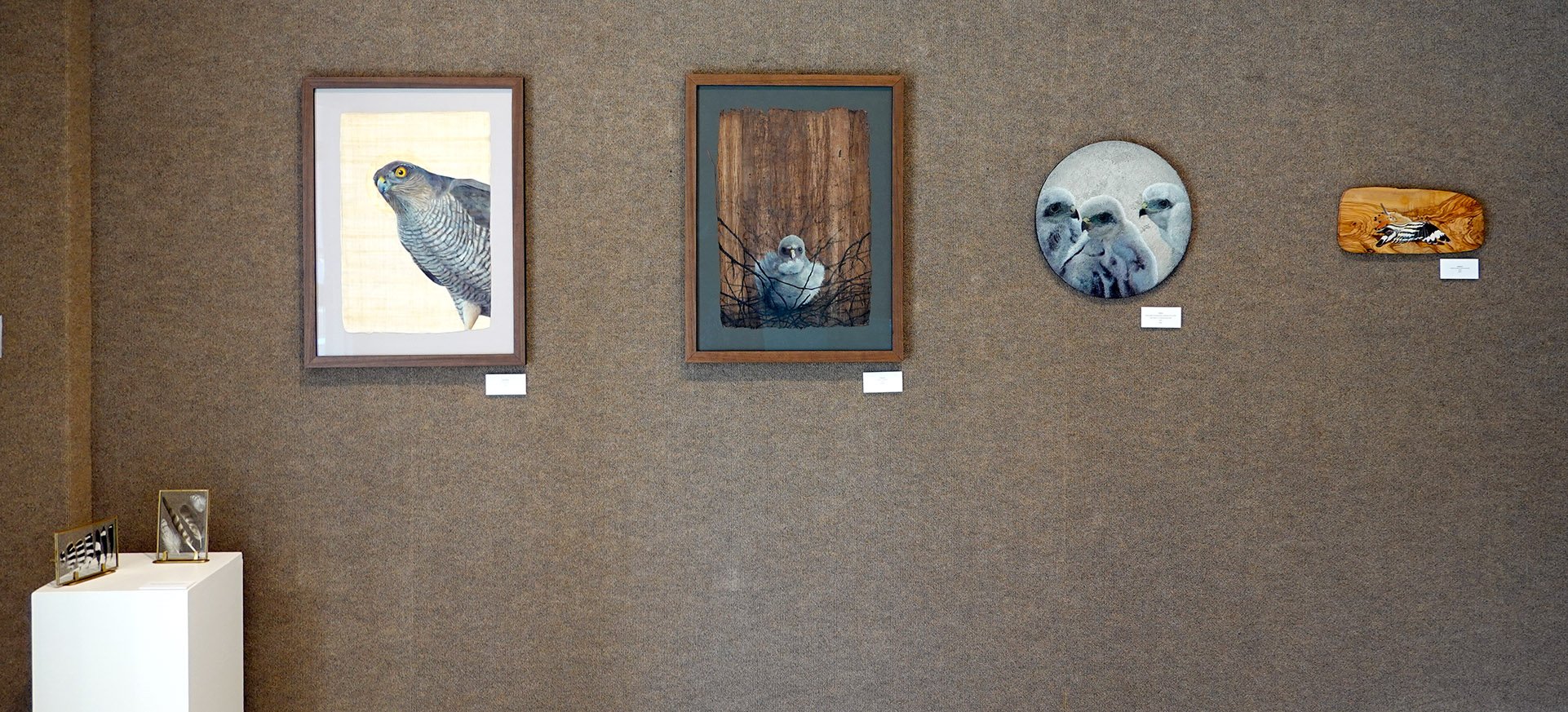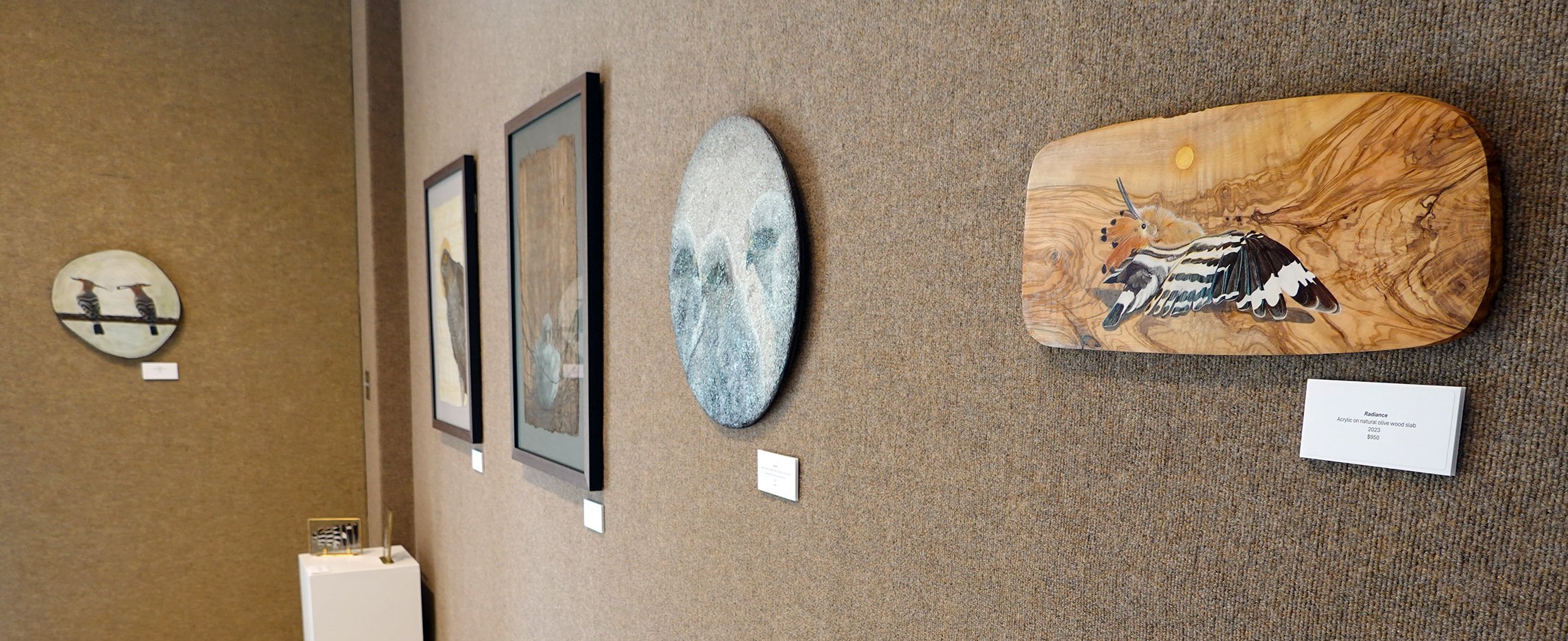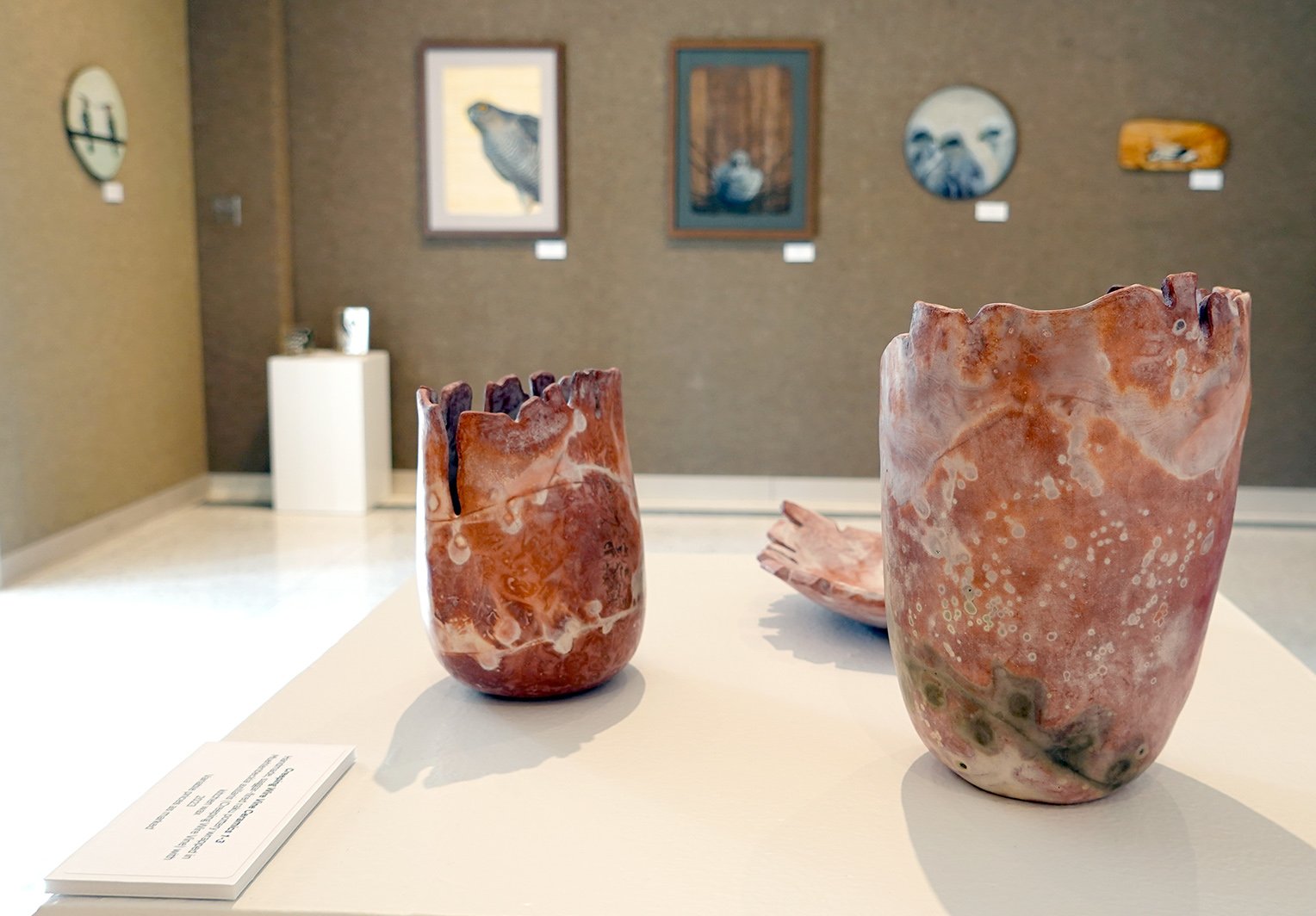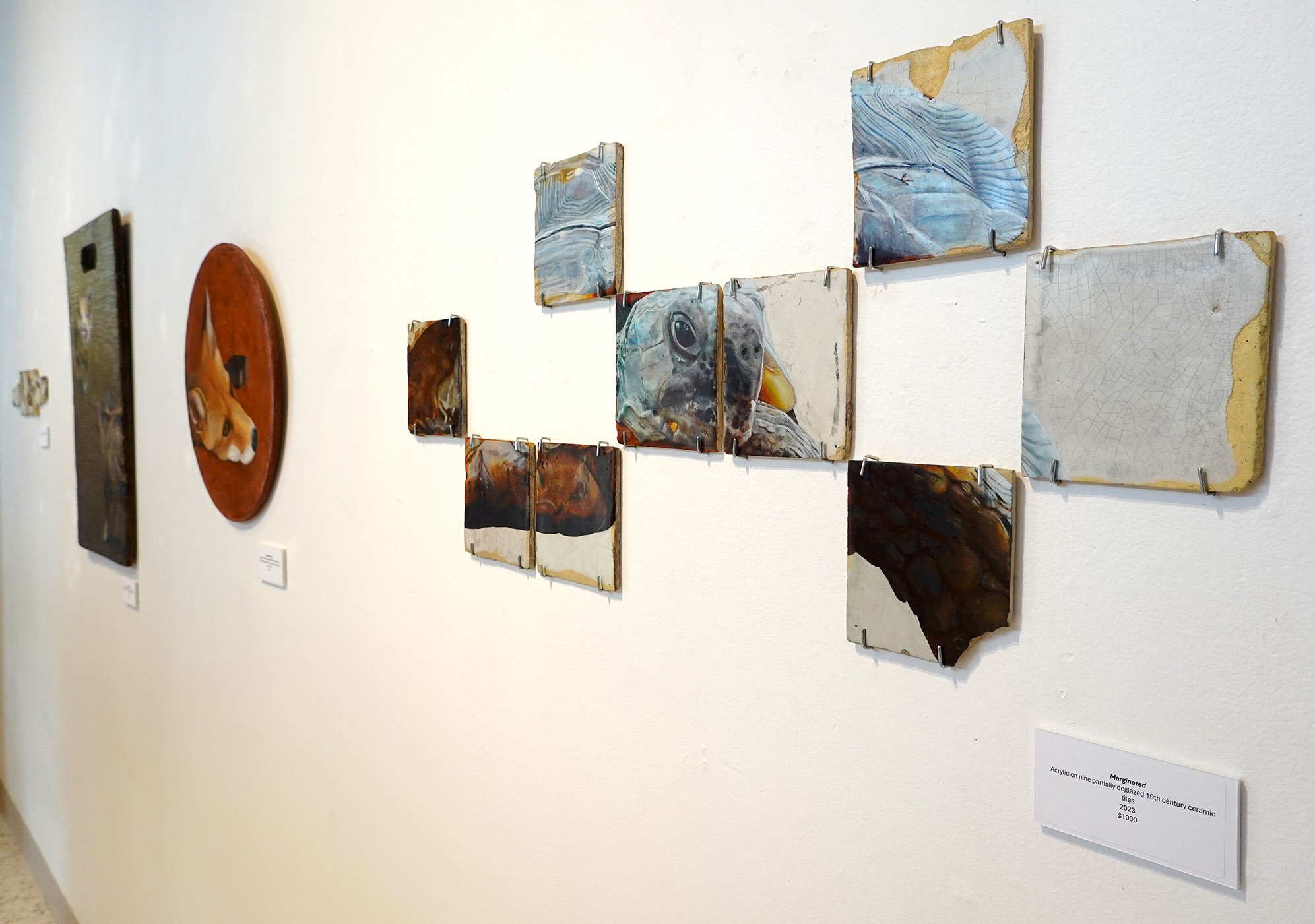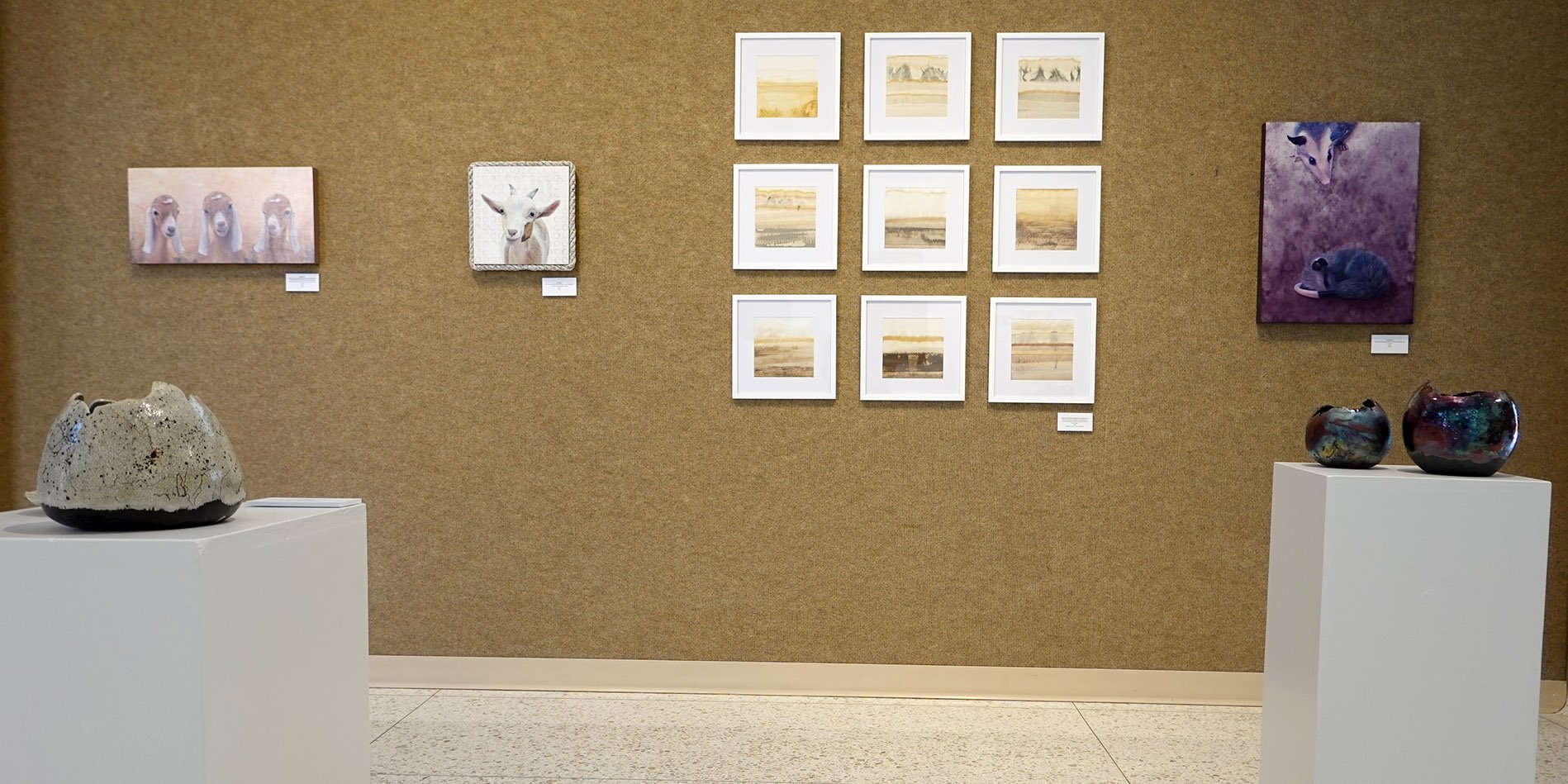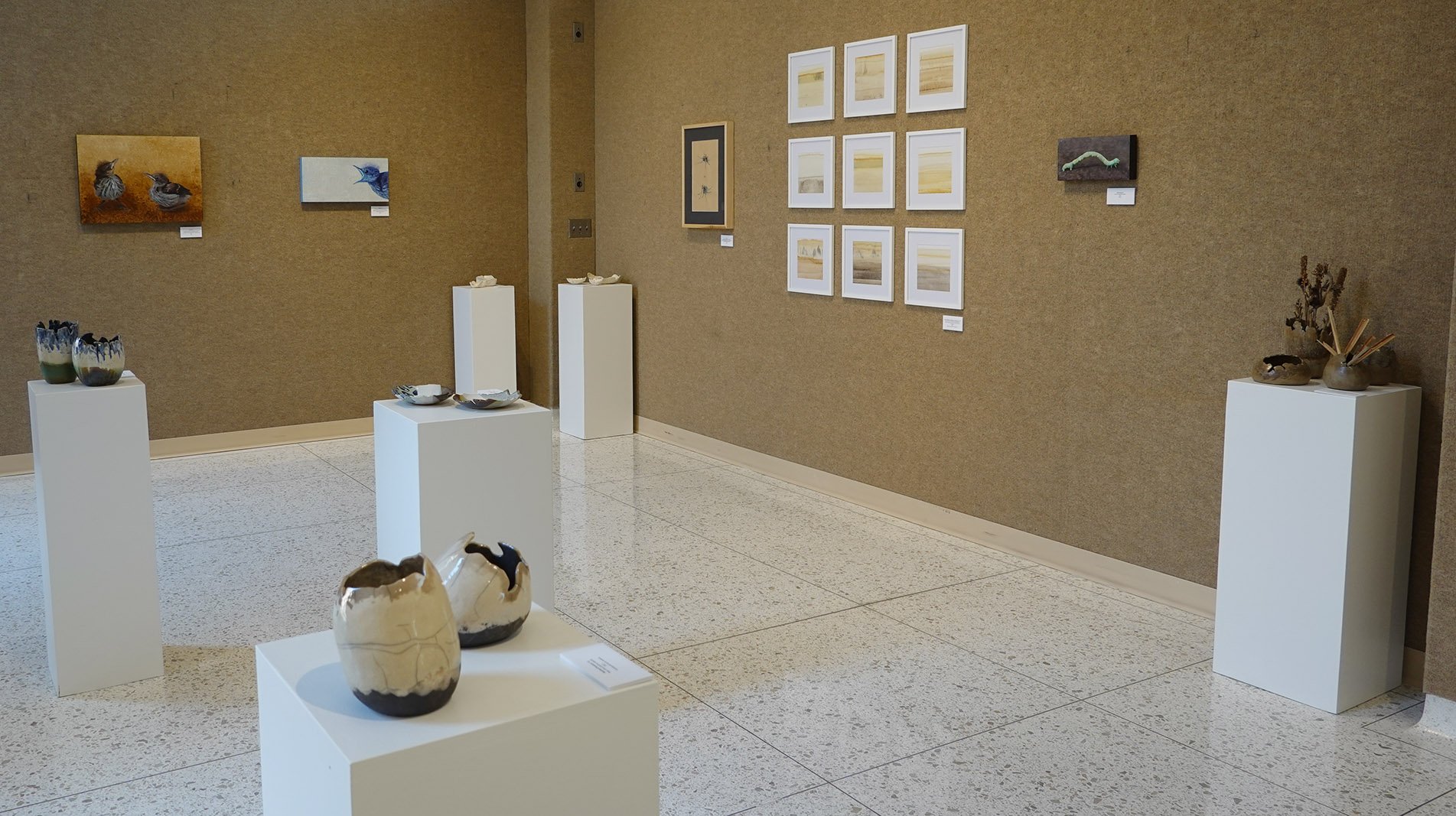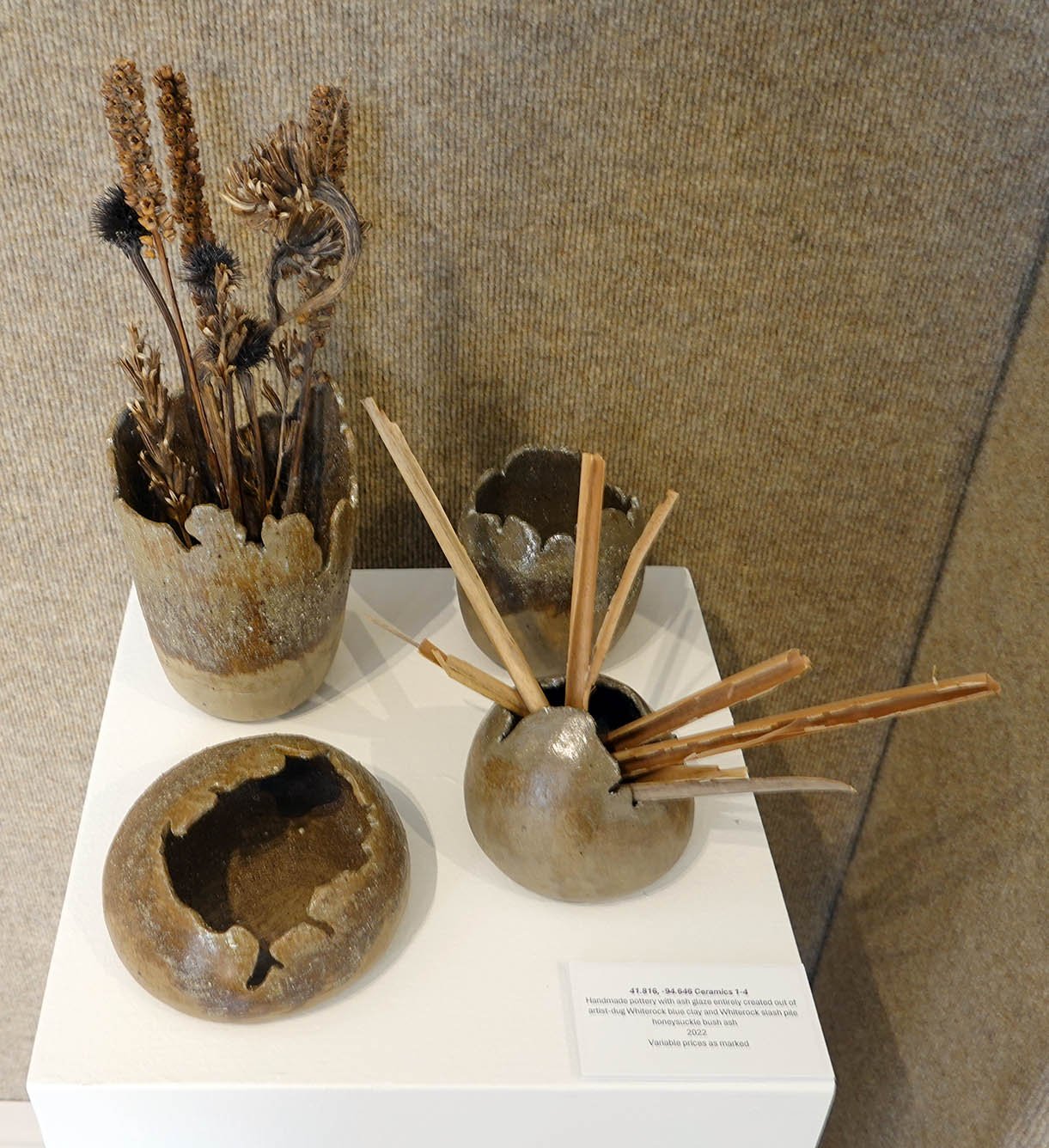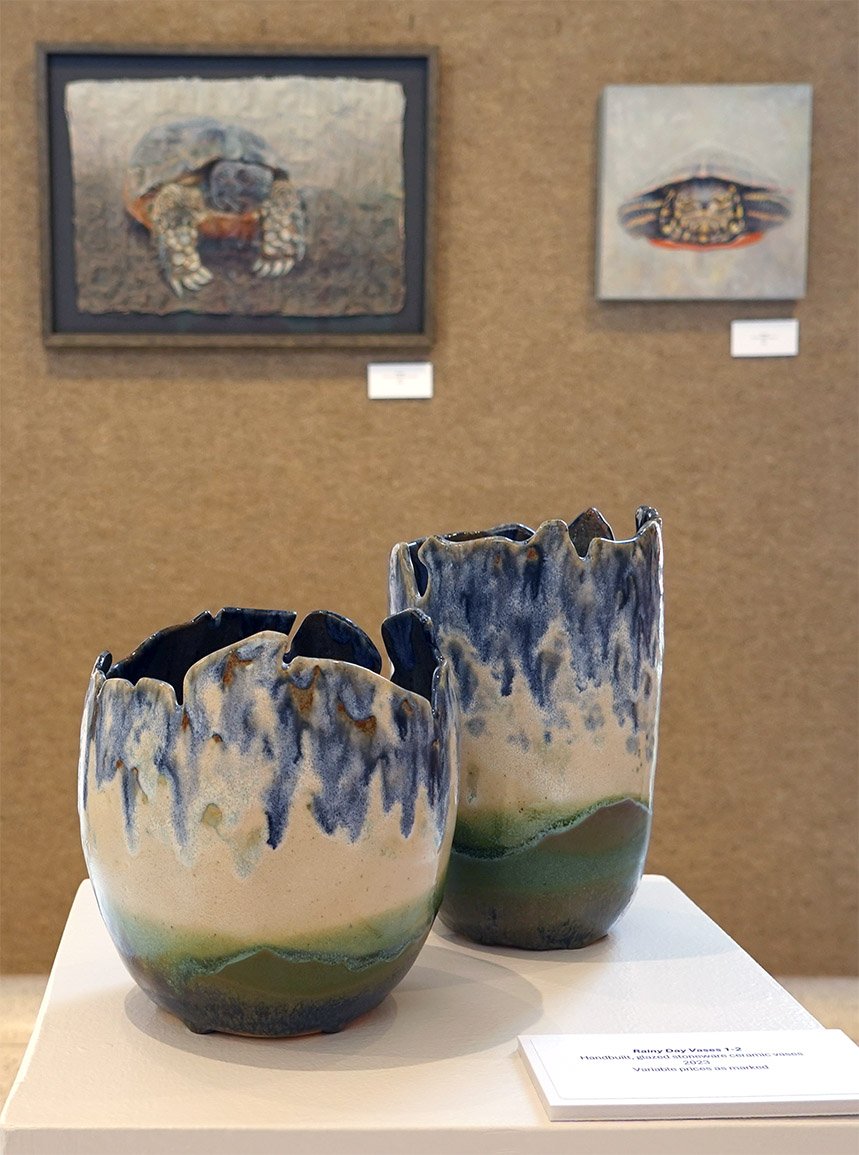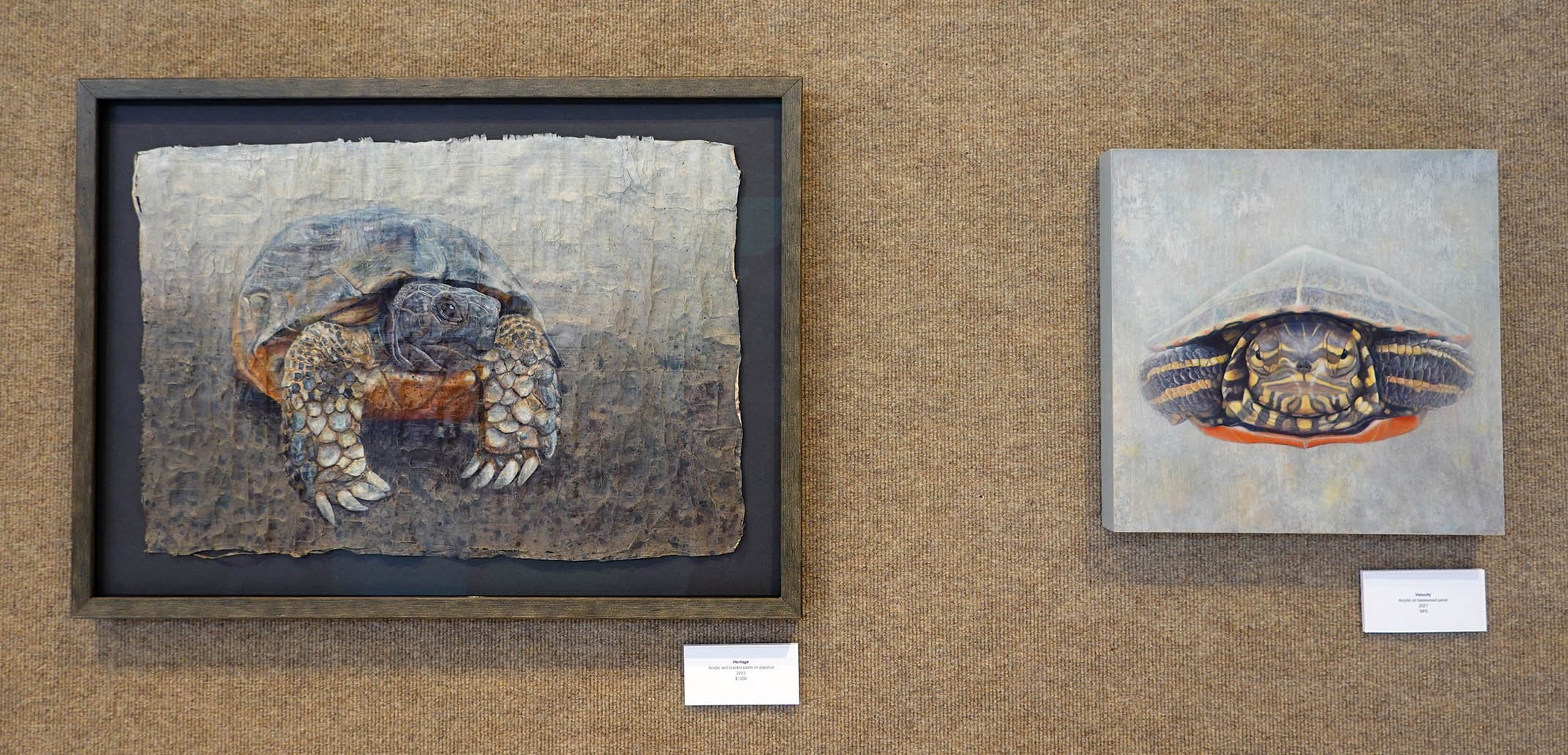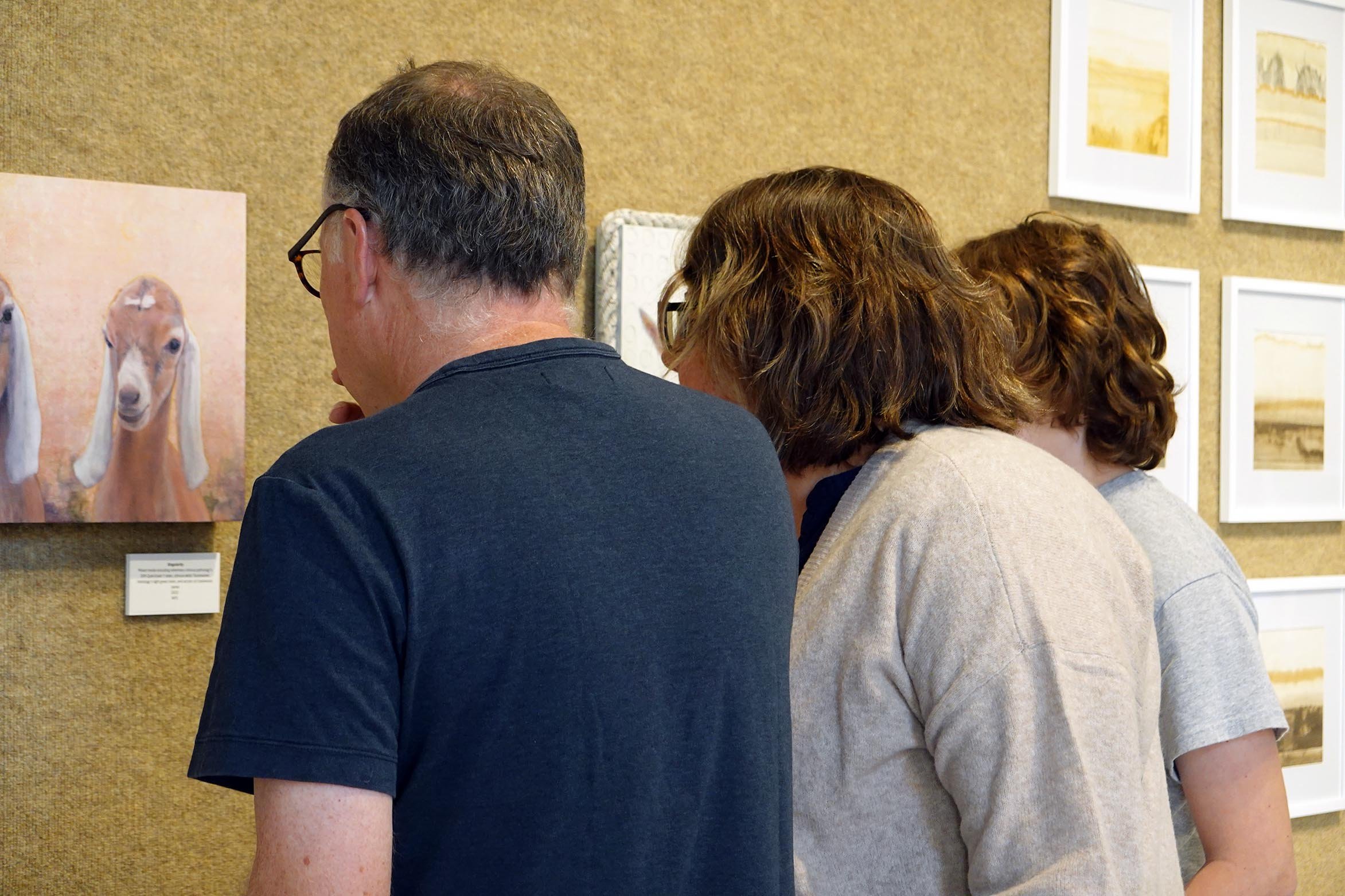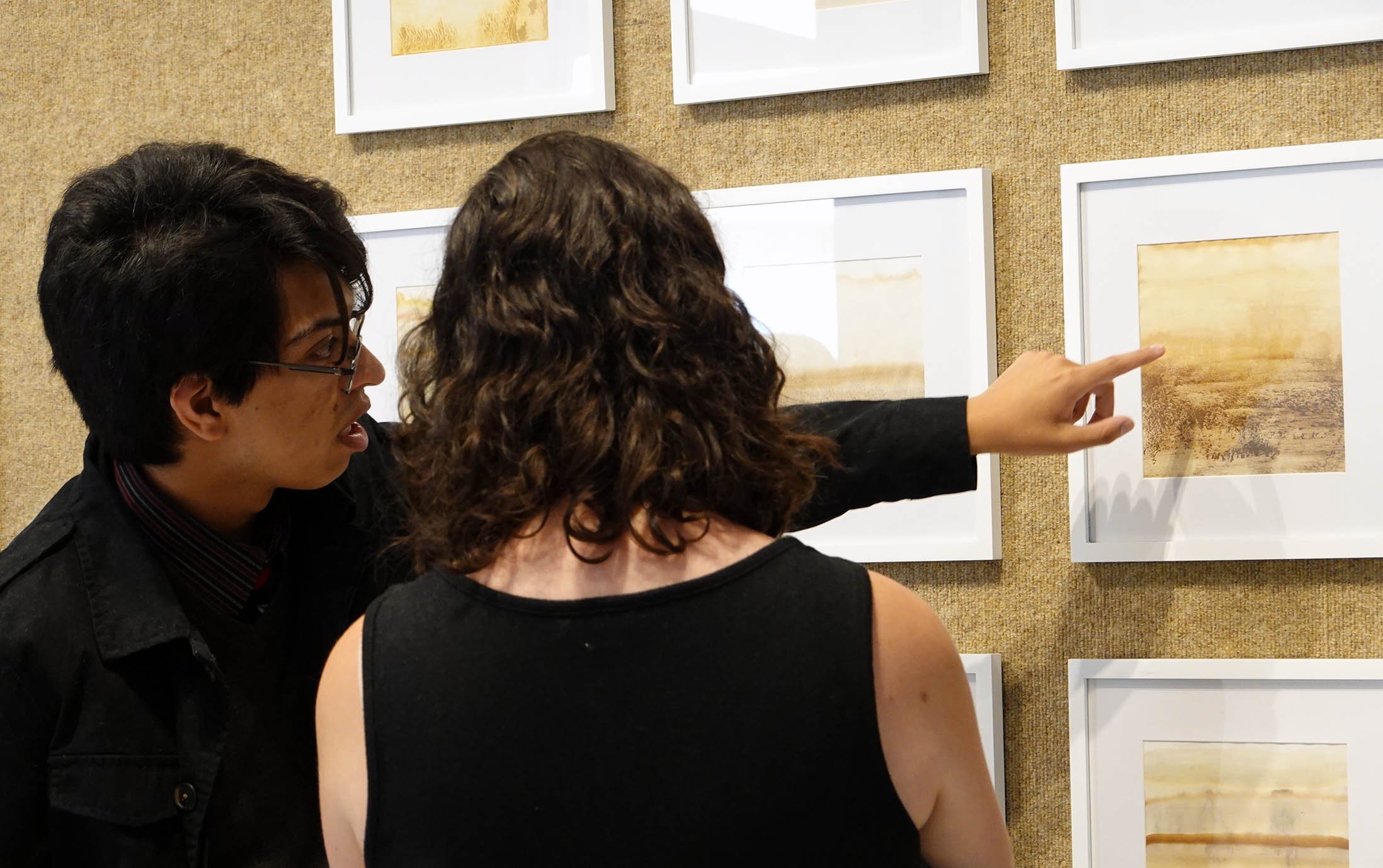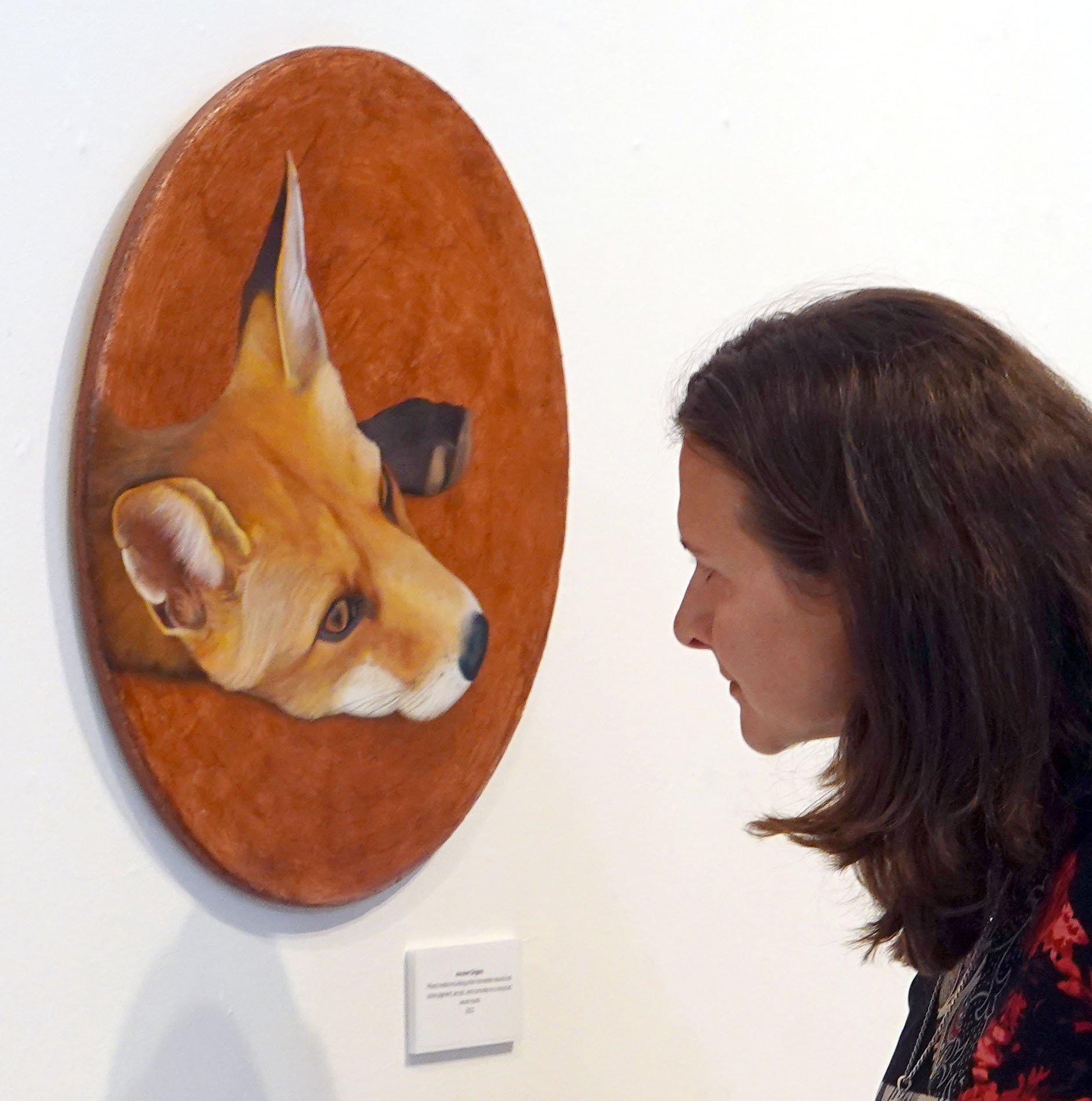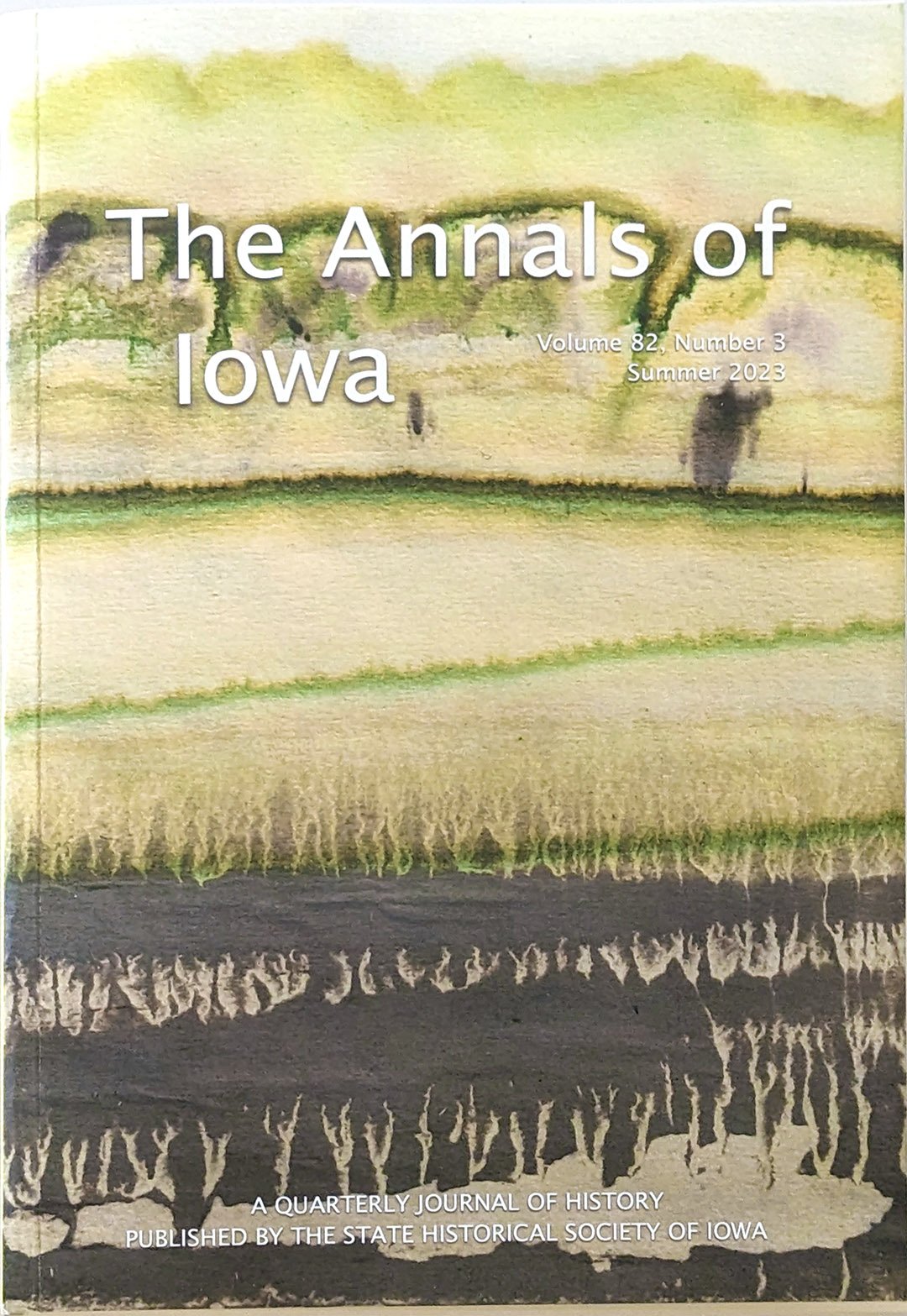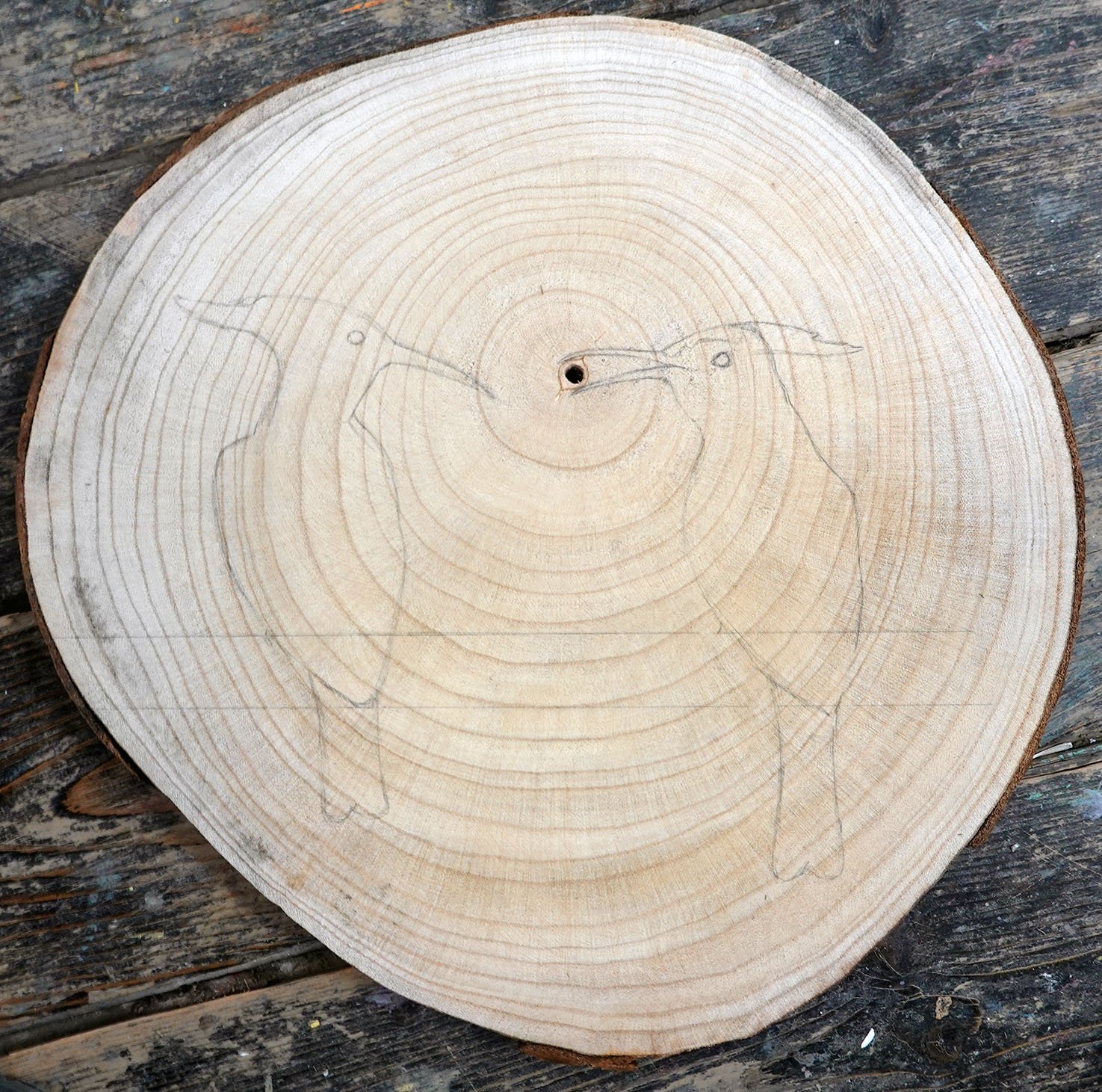If you’d like to read my artist statement now, I’ve reproduced it here for you:
I am an interdisciplinary artist combining science and a wide range of art disciplines to examine the human role in shaping an ecological balance and encourage a more connected and conservation-focused approach. I served as the artist in residence at Whiterock Conservancy, located outside of Coon Rapids, IA, for a couple of weeks in the summer of 2021. While there, I began (and continued to work on post-residency) a body of work including painted reliefs, ceramics, and chromatograms. For my series Literal Landscapes: Whiterock Conservancy, I explored and documented this 5,500-acre non-profit land trust through ecosystem samples I collected – including plants, fungi, soils, ash, minerals, and water – and ground up into a slurry with denatured alcohol in a mortar and pestle. I then "printed" a variety of blends from different Whiterock locations onto filter paper using chromatography.
Chromatography is a technique for separating out the individual components of a mixture. For example, let’s imagine you have two different black inks. In the first, the black was created through mixture of red, yellow, and blue pigments, while the second uses only a true black pigment. If you made chromatograms with each of these black inks, in the first you would begin with black ink but end up with individual red, yellow, and blue sections; in the second you would start and end with black.
Each of my Whiterock chromatograms looks like an abstracted landscape and is literally composed from the landscape. They contain organic and inorganic pigment layers including chlorophyll A and B, carotenoids, anthocyanins, flavonoids, and metal oxides and hydroxides. This issue’s cover artwork’s ecosystem samples came from Whiterock’s Middle Raccoon River beach and Fig Avenue. The bottom of the piece beautifully displays the native blue clay and capillary action trails which reference Whiterock’s riparian habitats, while the top evokes prairie and oak savanna. Fittingly, Whiterock Conservancy is restoring one of the largest areas of native oak savanna remaining in Iowa.
Over time and exposure to sunlight, the less stable plant pigments in these chromatograms (the greens, blues, purples, and reds) degrade, while the more stable colors (the yellows, browns, and blacks) remain; my Literal Landscapes become more and more sepia as they age. To me, this is a reminder that our natural world is vibrant but vulnerable, and that we should relish what we have while stepping up our interventions to improve our ecological balance for future generations… or the living earth around us will continue to dull.
Shelby Prindaville
Literal Landscapes: Whiterock Conservancy 12 - Beach and Fig Ave, 2021, mixed media chromatogram



